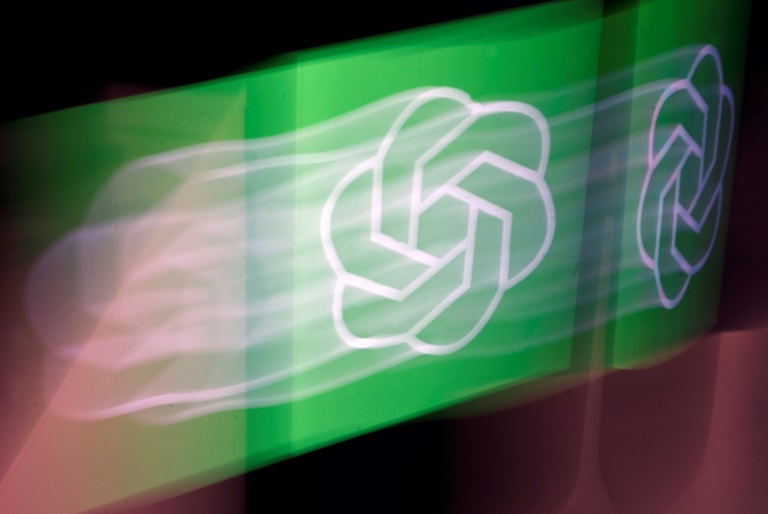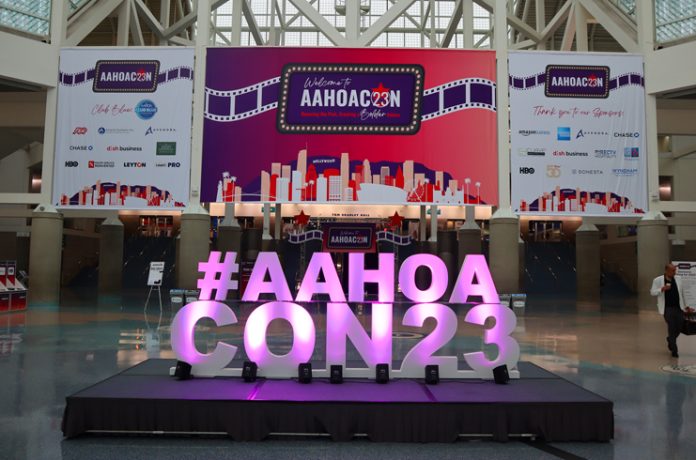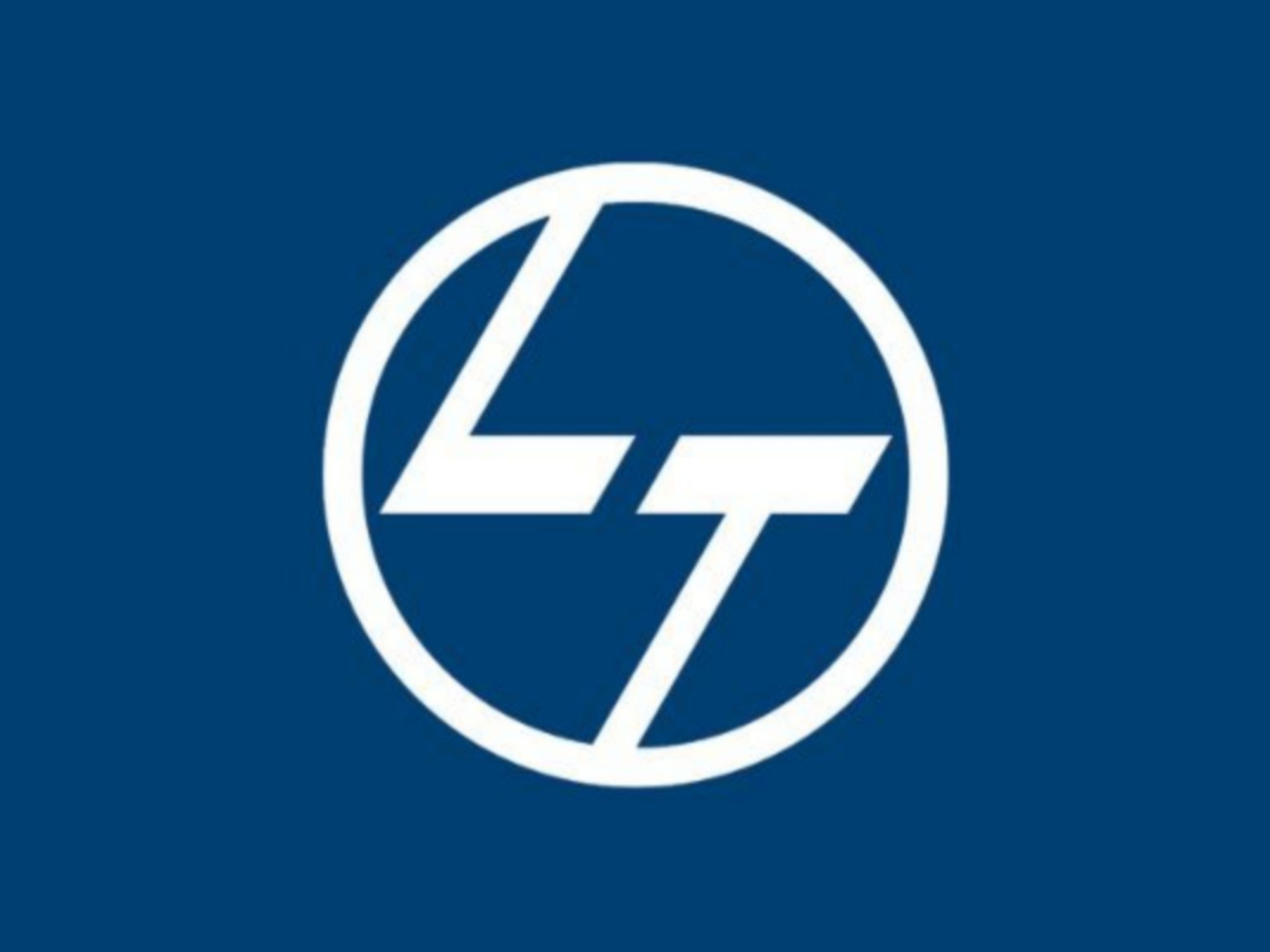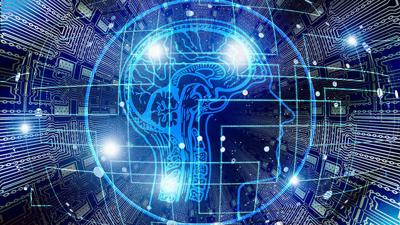(November 9th, 2023: Atlantic City, NJ) Networking, learning, and sharing of knowledge, great and highly acclaimed speakers, insightful workshops, collaborating with one another, strengthening bonds, celebrating one’s achievements and accomplishments, cultural and fun events, awards ceremony, showcasing of business booths and products, and delicious and multi-ethnic cuisine, and attended by over 2,200 members of ITServe Alliance, who are small and medium size companies of Information Technology were only some of the highlights of ITServe Alliance’s flagship Synergy 2023 held from October 26th to 27th, 2023 at the popular Harrah’s Resort in Atlantic City, NJ.
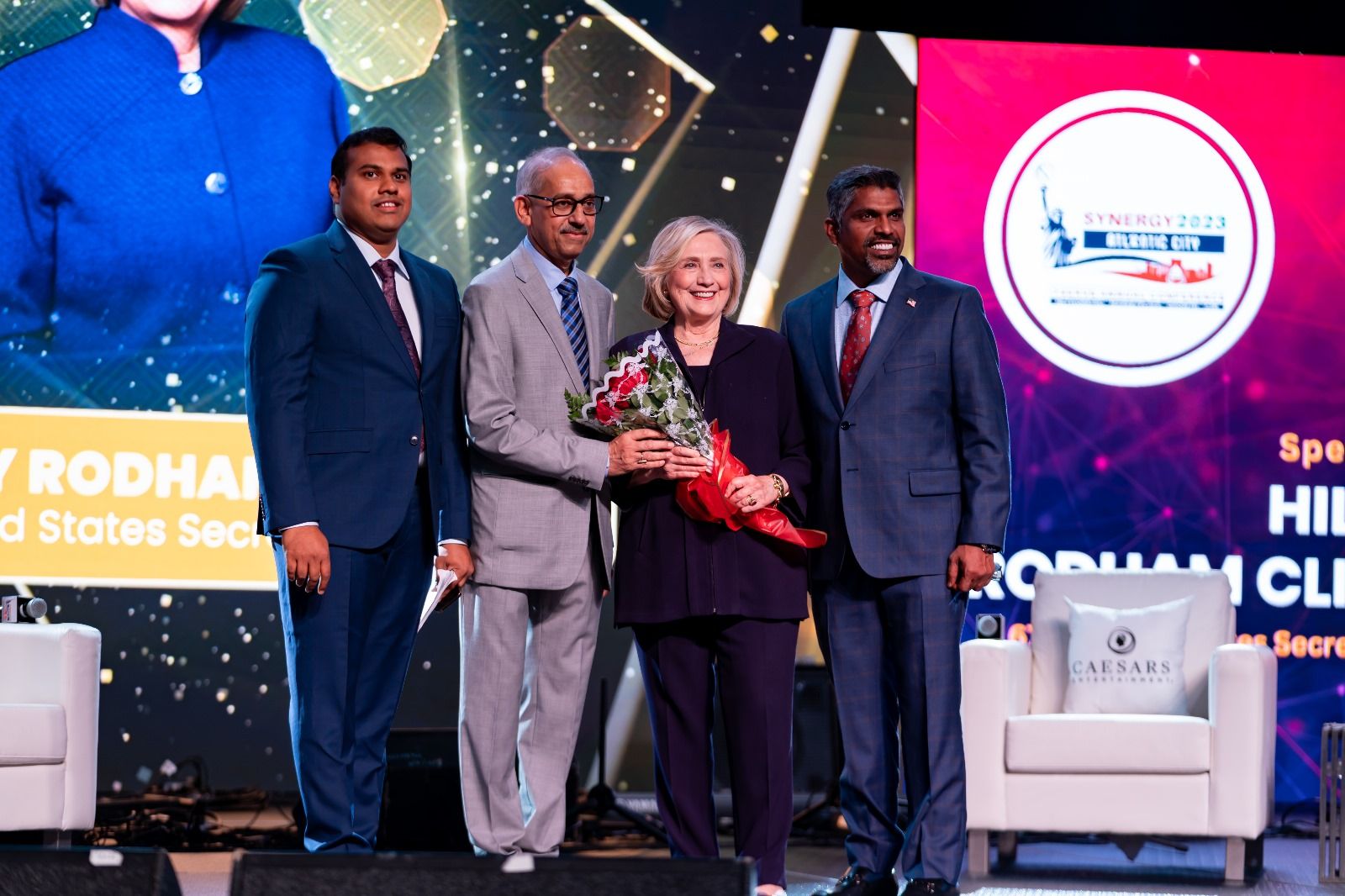 In his presidential address, Vinay K. Mahajan, National President of ITServe Alliance, welcomed the members, leaders, chapter presidents, sponsors, and volunteers to Synergy 2023 and expressed his “sincere gratitude for your unwavering commitment, and dedication, and for investing your time and energy and resources. You are the backbone of our organization, and your unwavering commitment is what propels us forward.”
In his presidential address, Vinay K. Mahajan, National President of ITServe Alliance, welcomed the members, leaders, chapter presidents, sponsors, and volunteers to Synergy 2023 and expressed his “sincere gratitude for your unwavering commitment, and dedication, and for investing your time and energy and resources. You are the backbone of our organization, and your unwavering commitment is what propels us forward.”
Describing the mission of ITServe Mahajan said, “We are the voice representing the interests of small and medium scale enterprises of IT industry, protecting our members’ interests. We give back to the community and invest in startups, which is to help the United States maintain its leadership in innovation and technology. It is about coming together, collaborating, and liberating our collective strength. It is about finding synergy, not only within our own businesses but also across our entire community.”
Vinodbabu Uppu, Governing Board Chair of ITServe said, “Synergy 2023 is the only one-of-a-kind conference delivering innovative strategies, unique insights, and proven tactics for success, exclusively for IT service companies and individuals. Synergy 2023 will focus on developing strategic relationships with our partner organizations, sponsors, and supporters to work for a better technology environment by building greater understanding.”
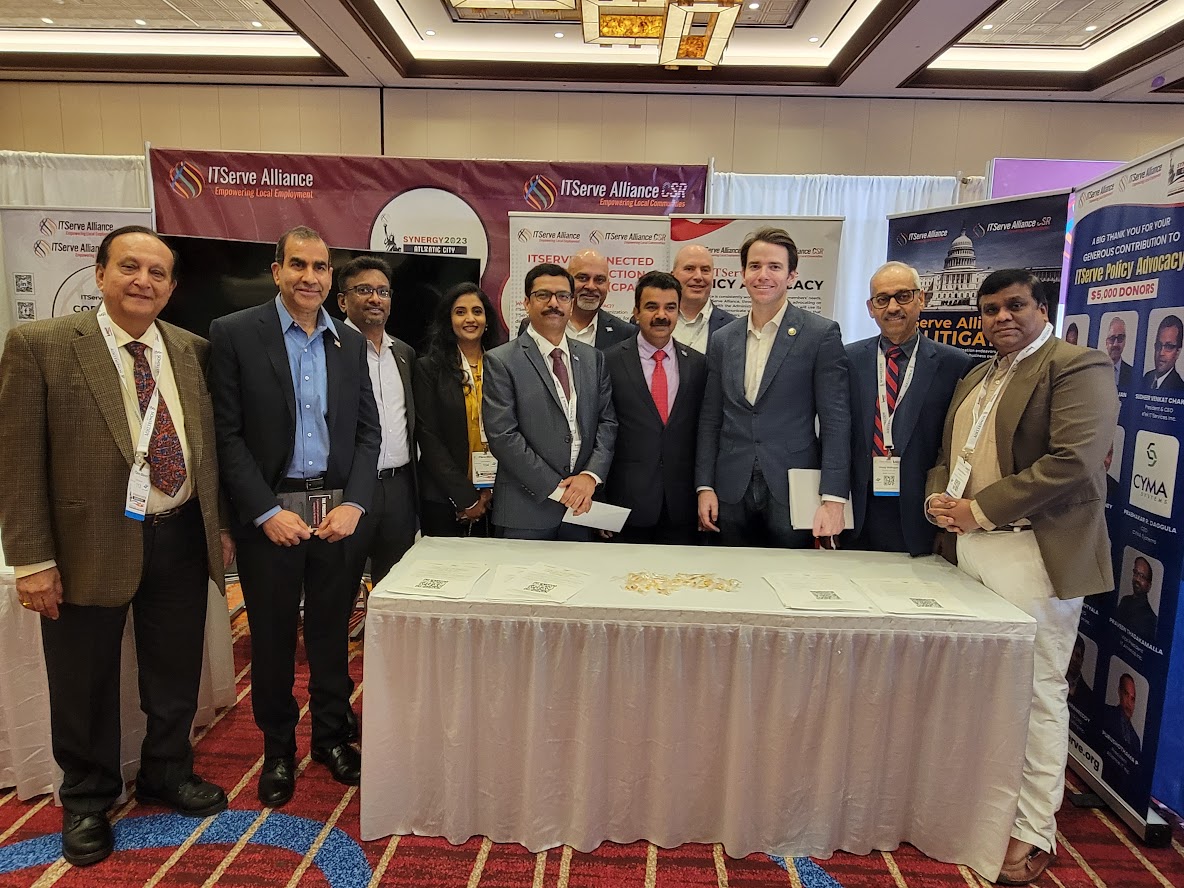 Venu Sangani, Director of Synergy 2023 said, “As we gather here, let’s remember that our unity as a community is our strength. I took on this leadership role, an opportunity, driven with a single objective: to help at the end of the conference, each attendee departs with concrete insight to grow their business to the next level. Because in all of you here today, there is both gratitude and a deep sense of accomplishment, knowing our collective vision is alive and thriving.”
Venu Sangani, Director of Synergy 2023 said, “As we gather here, let’s remember that our unity as a community is our strength. I took on this leadership role, an opportunity, driven with a single objective: to help at the end of the conference, each attendee departs with concrete insight to grow their business to the next level. Because in all of you here today, there is both gratitude and a deep sense of accomplishment, knowing our collective vision is alive and thriving.”
Sangani, who led a dedicated and visionary team organizing this historic event said, “Synergy 2023 is our landmark flagship gathering. The essence of synergy lies not only very knowledge exchange but inspiring one another. Let the success stories of fellow entrepreneurs ignite your ambitions, be it scaling your business to the next level, diversifying investments or starting new territories. Let’s make the most of Synergy.”
Jagadish Mosali, President-Elect of ITServe said, “Hope everyone at our flagship event has enjoyed Synergy 2023. Some of you know and some might not know the countless amount of time our “Volunteer CEOs” from the Synergy Team as well as the Board have spent to make the event successful as you have seen. My deepest appreciation to both Sung Hero’s as well as the “Unsung Heroes. Thank you all for your service and commitment to the organization and giving back to the community.”
 Secretary of State Hillary Rodham Clinton, the Chief Guest at Synergy 2023 delivered the Keynote Address during an interactive session with ITServe members on October 27th evening. Ms. Clinton, the 67th Secretary of State of the United States has dedicated over four decades in public service as an advocate, attorney, First Lady, and US Senator.
Secretary of State Hillary Rodham Clinton, the Chief Guest at Synergy 2023 delivered the Keynote Address during an interactive session with ITServe members on October 27th evening. Ms. Clinton, the 67th Secretary of State of the United States has dedicated over four decades in public service as an advocate, attorney, First Lady, and US Senator.
During a candid “Fireside Chat” Secretary Clinton shared with the audience very candidly about her private life, growing up as a child, her marriage to Bill Clinton, struggles in managing careers as a daughter, wife, mother, and a public figure holding numerous important positions locally, nationally and internationally.
Secretary Clinton praised the contributions and accomplishments of the fast-growing and influential ITServe Alliance members. She said, “I’m so proud of the many accomplishments of the Diaspora in the United States. I want to thank you and commend you for your extraordinary contributions to the nation. I am so impressed by the many contributions you’ve made, in addition to building your businesses and providing employment for people.”
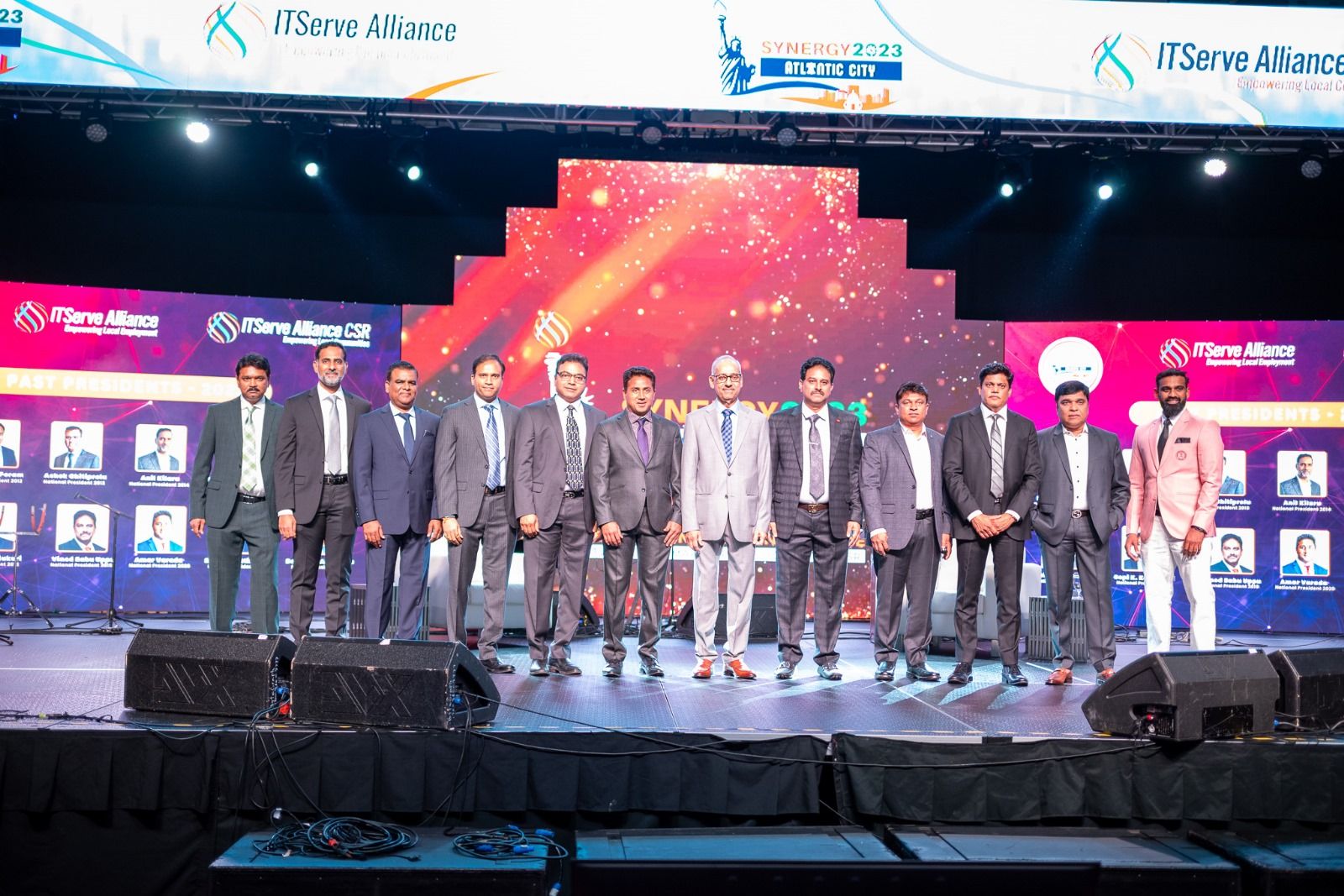 Secretary Clinton urged the ITServe member community “to continue to be involved in your communities, to be members of civic clubs, volunteer groups and take part in American society in every way possible, and also decide if you so may choose to become an American citizen. And for those of you who have children, who are American citizens, guide them to be very active. Not just getting their education or being a successful person economically but being involved in civic life. There’s a lot to it. I know you are good role models for people in many parts of our country. So, I am very grateful for the many contributions that you are making and will make in the future.”
Secretary Clinton urged the ITServe member community “to continue to be involved in your communities, to be members of civic clubs, volunteer groups and take part in American society in every way possible, and also decide if you so may choose to become an American citizen. And for those of you who have children, who are American citizens, guide them to be very active. Not just getting their education or being a successful person economically but being involved in civic life. There’s a lot to it. I know you are good role models for people in many parts of our country. So, I am very grateful for the many contributions that you are making and will make in the future.”
Steve Forbes, Chairman and Editor-in-Chief of Forbes Media spoke about “Leadership Lessons: The Stunning Parallels Between Great Leaders of the World and Today’s Top Business Leaders.” He said, “You have to do things even if you feel you’re not fully ready to do it. The next year or two will be very severe. But also keep in mind that enormous positive changes are coming. There will be in 2025, after the elections, with your help a new immigration law on H1 B Visas, virtually unlimited to meet the needs of a growing economy.” Giving hope in this world of wars, Forbes pointed to areas of hope. “We saw it in the meeting between President Biden and Prime Minister Modi weeks ago. These forces are coming together to make sure there is peace in the world.”
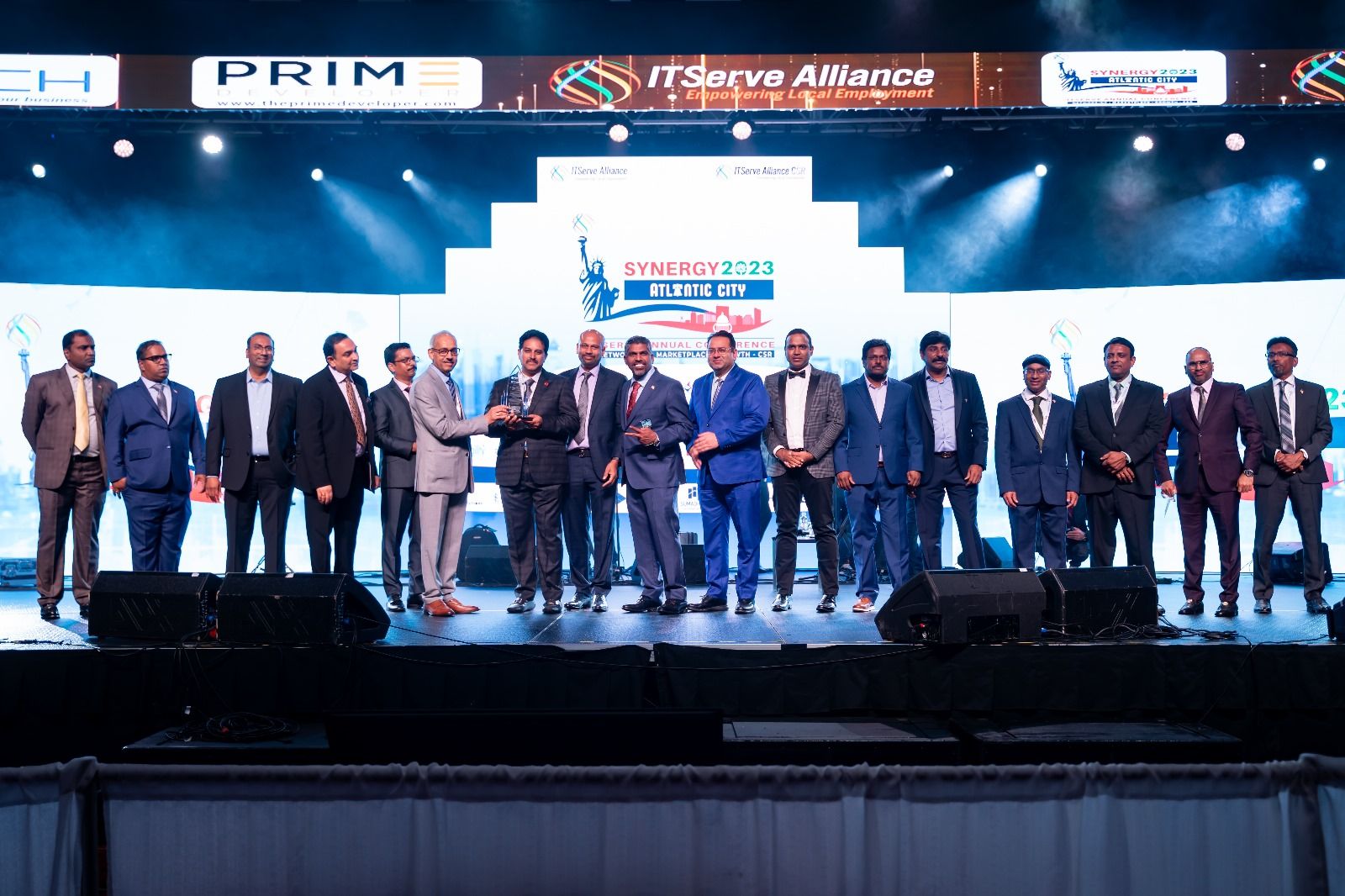 Phaneesh Murthy, Founder & CEO of Primentor addressed the audience with his insightful talk on, “Strategies for Scaling and Sustaining a Successful IT Company from One to 100 Million Plus” The keynote address by Zack Kass, Technology Futurist, and Generative AI Solutions Specialist focused on: “AI for Small Business Success: Navigating the Future of Entrepreneurship.”
Phaneesh Murthy, Founder & CEO of Primentor addressed the audience with his insightful talk on, “Strategies for Scaling and Sustaining a Successful IT Company from One to 100 Million Plus” The keynote address by Zack Kass, Technology Futurist, and Generative AI Solutions Specialist focused on: “AI for Small Business Success: Navigating the Future of Entrepreneurship.”
Ashish Agarwal from Turbo Start, DVC led the Startup Cube Panel on “GTM Pitfalls Faced by Growing Startups.” Post Lunch, a Financial Panel Discussion explored “Alternative Investments for Diversified Business Portfolios and Funding Solutions for Diversified Growth.” The Breakout Session in the Afternoon was about: “Mastering the Art of Effective Recruiting in the Staffing Industry” by Barbara Bruno.
“State, County, City, High-Ed & Federal Government Contracting: Opportunities & Challenges” was yet another important topic at the Breakout Session in the afternoon and was led by Nazeera Dawood, CEO of Vendorship.net. The M & A Panel Discussion deliberated on, “Driving Growth and Value Through Strategic M&A: Opportunities and Challenges: Accelerating Business Expansion.”
Another interesting Breakout Session on the first day was about, “Increase Cash Flow $$$ and Collect Bad Debt,” led by Douglas Fuchs at Goldman, Evans & Trammell LLC.
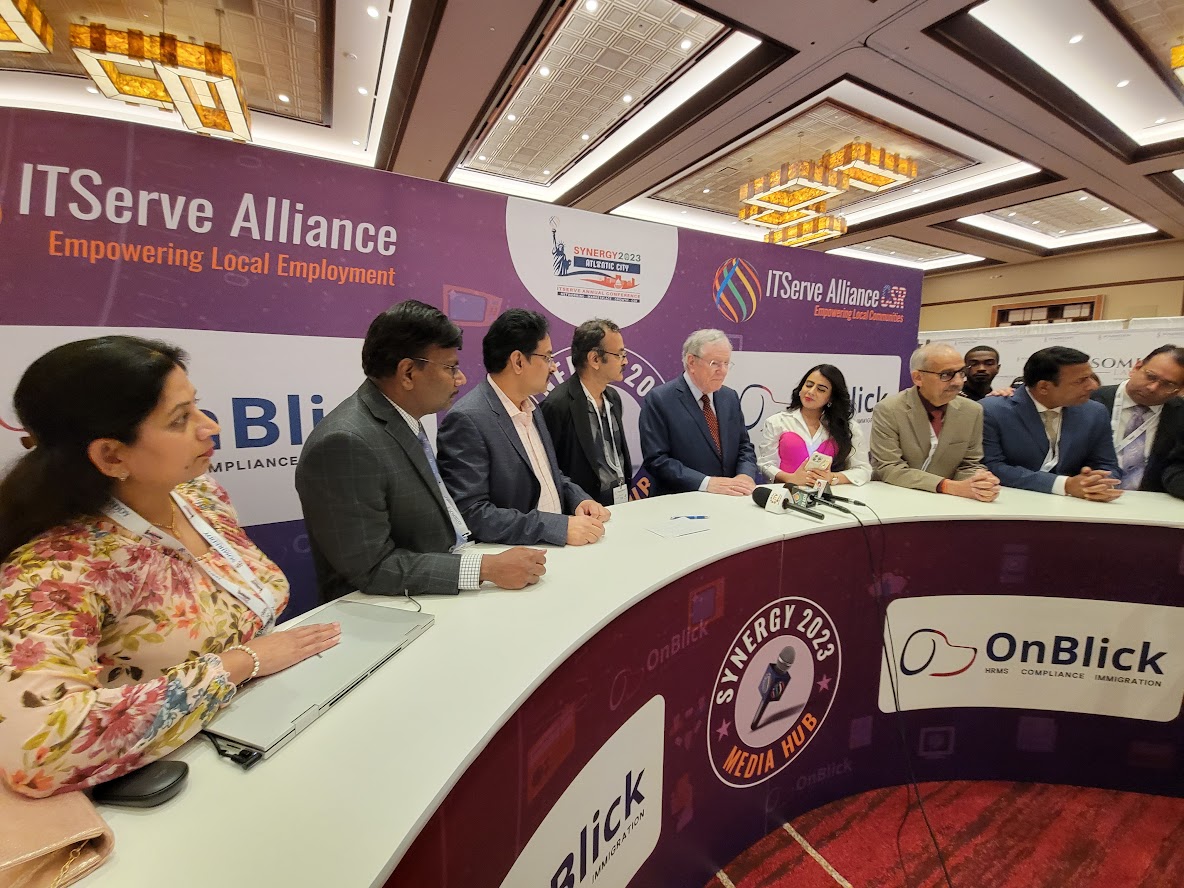 Kevin O’Leary, a Venture Capitalist and Star of ABC’s Shark Tank delivered the Evening keynote address on: “The Path to Profit: Strategies for Building a Successful Business.” Through specific portrayals from his popular Shark Tank, his insightful address to the loud applause from the crowd referred to successful business strategies to enhance business profits.
Kevin O’Leary, a Venture Capitalist and Star of ABC’s Shark Tank delivered the Evening keynote address on: “The Path to Profit: Strategies for Building a Successful Business.” Through specific portrayals from his popular Shark Tank, his insightful address to the loud applause from the crowd referred to successful business strategies to enhance business profits.
During the Gala ITServe honored the Grand Sponsors: Four Oaks Insurance and TrackEx, as well as the Platinum Sponsors of Synergy 2023: AG FinTax, BBI Law Group, Ceipal, Imagility, Oorwin, Q 1 Technologies, SOMIREDDY Law, Tech Insurance Agency, and Vitel Global were honored for their generous support to ITServe Alliance and its Synergy 2023. In addition, 20 Platinum Members of ITServe were honored during the Gala with Mementos.
The morning of October 27th began with the keynote address on “Navigating the Financial Crises and Regulatory Landscape: Lessons Learned and Insights for IT Staffing Company Owners” by Sheila Bair, Former FDIC Chair.
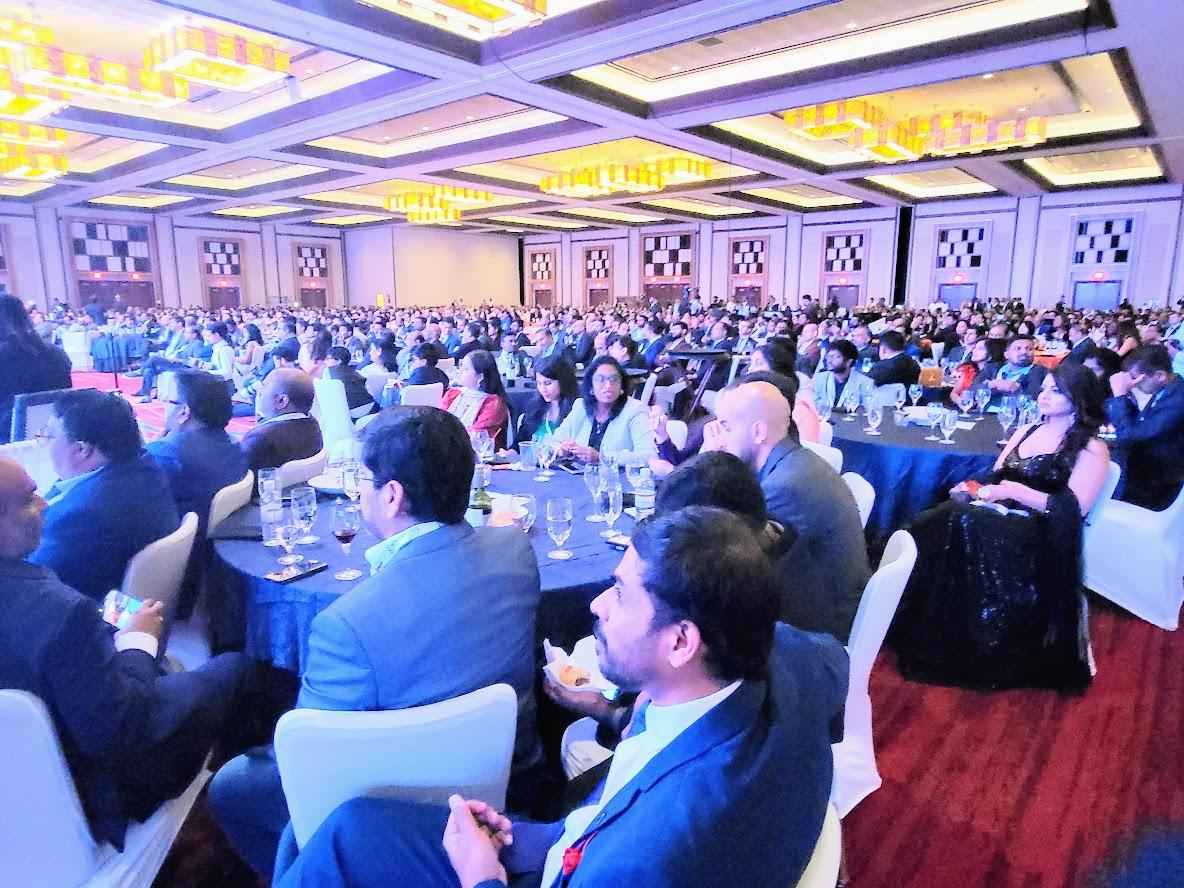 Other sessions in the morning included a Startup Cube Finals on GTM Pitfalls Faced by Growing Startups, which Ashish Agarwal, Turbo Start, DVC led. The Immigration Panel Discussion focused on “Navigating Immigration Challenges and Policies.” The CXO Panel focused on “The Evolving Role of IOs and CTOs in AI and ChatGPT Powered Digital Transformation.” Other panel discussions addressed issues related to “Contracts And Litigations,” and “Direct Client Engagement in the World of Contingent Workforce.”
Other sessions in the morning included a Startup Cube Finals on GTM Pitfalls Faced by Growing Startups, which Ashish Agarwal, Turbo Start, DVC led. The Immigration Panel Discussion focused on “Navigating Immigration Challenges and Policies.” The CXO Panel focused on “The Evolving Role of IOs and CTOs in AI and ChatGPT Powered Digital Transformation.” Other panel discussions addressed issues related to “Contracts And Litigations,” and “Direct Client Engagement in the World of Contingent Workforce.”
A Special Guest Session at Synergy was a “Dialogue with Yuvraj Singh,” a highly popular international Cricketer, Entrepreneur, and Philanthropist. Synergy 2023 will conclude with a Live Musical Concert by Bollywood Playback Singer and Filmfare Awardee Kanika Kapoor.
During Synergy 2023, ITServe honored high-achieving Entrepreneurs with Leadership Awards. ITServe Alliance recognized and honored companies that have demonstrated exceptional growth and success during a specific period. The ITServe Fastest Growing Company Awards were a testament to the impact of businesses that embrace innovation and strive for excellence.
Ashok Dandamudi, PR Director for ITServe said, “Synergy 2023 offered participants a platform to come together to hear industry leaders speak, engage in discussions with lawmakers, participate in interactive breakout sessions, deliberate on the latest trends, challenges, and opportunities in the world of IT Staffing and Technology.
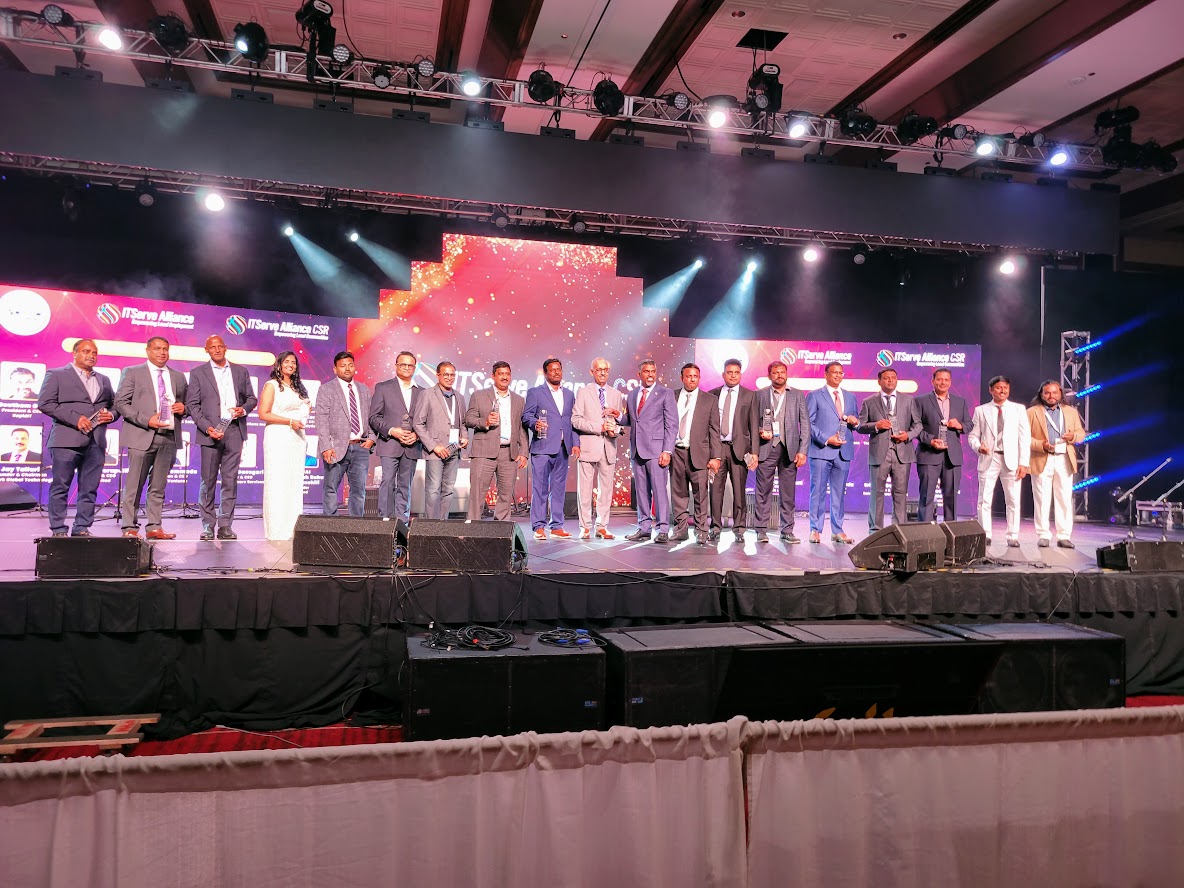 Amar Varada, Chair of Synergy 2023 said, “Synergy 2023 had prominent speakers, and valuable sponsorships, and helped grow a community network of industry professionals across the country. We are grateful to the unwavering support of our members, volunteers, and sponsors, whose collective efforts made this event a memorable one for all.”
Amar Varada, Chair of Synergy 2023 said, “Synergy 2023 had prominent speakers, and valuable sponsorships, and helped grow a community network of industry professionals across the country. We are grateful to the unwavering support of our members, volunteers, and sponsors, whose collective efforts made this event a memorable one for all.”
Anil Atyam, Chair of Speakers for Synergy 2023 emphasized the curated lineup of speakers and panels. “We are thrilled to have a diverse and esteemed set of speakers for this year’s conference. From policymakers, and technology leaders to industry innovators, our speakers are pivotal in shaping the discussions and providing invaluable insights that can be immediately applied in various sectors of the IT industry.”
As a participant at Synergy put it, “Synergy 2023 an incredible experience, and I feel so grateful to have been a part of it. The energy and enthusiasm that you brought to the event were truly inspiring, and I came away with a wealth of knowledge and new connections. Once again, thank you for all of your hard work in putting together such a fantastic event.”
 With cultural events, music, dance, and sumptuous food, in addition to all the learning and sharing of knowledge, Synergy 2023 provided actionable insights and strategies that companies can directly implement, serving as a catalyst for taking businesses to the next level. Beyond being an arena for networking and knowledge sharing, Synergy 2023 has proved to be a veritable marketplace for ideas and innovations.
With cultural events, music, dance, and sumptuous food, in addition to all the learning and sharing of knowledge, Synergy 2023 provided actionable insights and strategies that companies can directly implement, serving as a catalyst for taking businesses to the next level. Beyond being an arena for networking and knowledge sharing, Synergy 2023 has proved to be a veritable marketplace for ideas and innovations.
Led by an amazing, energetic, and inspiring leadership, ITServe is a fully voluntary organization, where its members and leaders dedicate their valuable time and resources, working selflessly to strengthen the organization and its mission to give back to the larger society. ITServe’s core leadership consists of: Vinodbabu Uppu, Governing Board Chair; Vinay Mahajan, President; Jagadeesh Mosali, President-Elect; Anju Vallabhaneni, Secretary; Mahesh Sake, Treasurer; Ravi K. Komatireddy, Joint Secretary; Sunil Savili, Joint Treasurer. The Governing Board Members include Vinodbabu Uppu, Governing Board Chair; Shashidhar Devireddy, National President 2016; Gopi Kandukuri, National President 2018; Amar Varada, Synergy Chair 2023, & National President 2020; Raghu Chittimalla, National President 2021; Devender Aerrabolu, National President 2022; and, Vinay Mahajan, current National President.
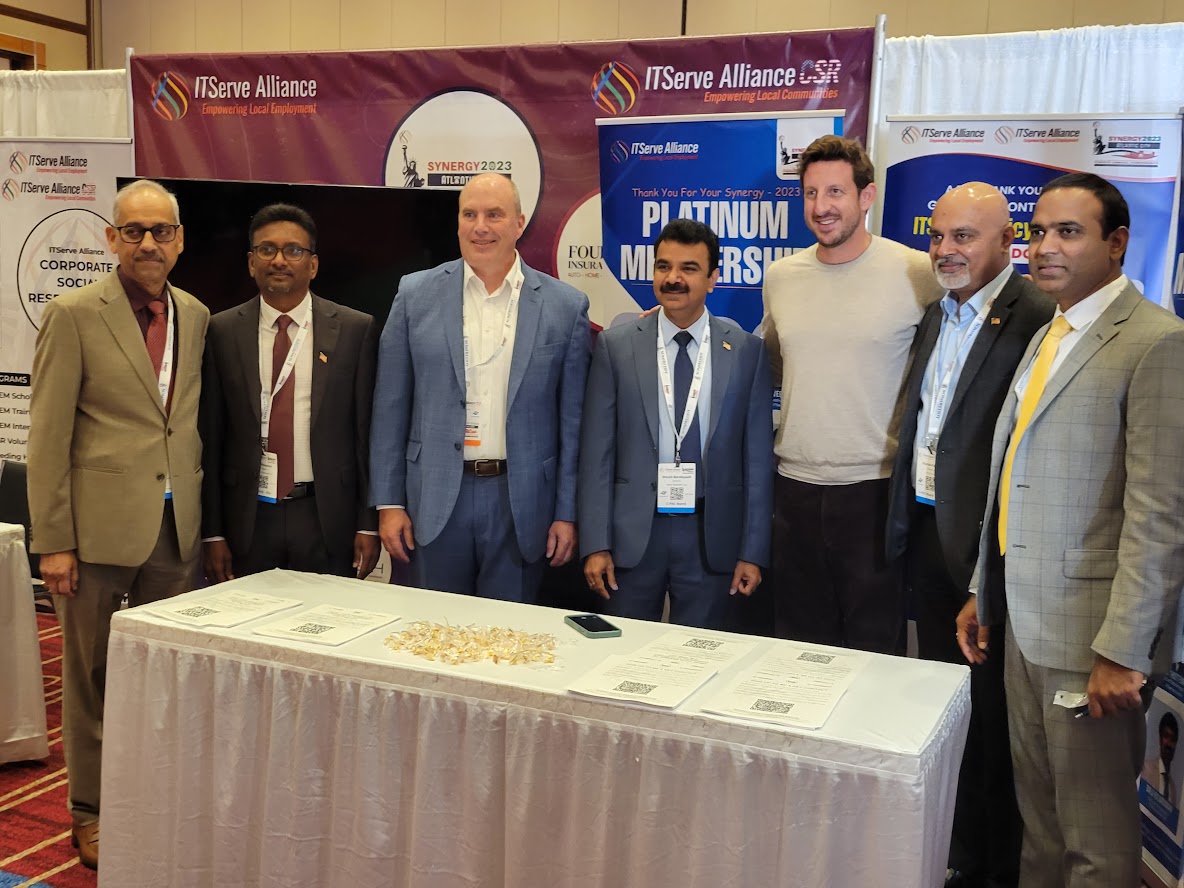 In addition to the 21 ITServe Chapter Presidents across the United States and the dozens of various Committee Chairs, the Executive Board of Directors of ITSeve, who play a critical role in enhancing the mission and vision of ITServe Alliance include: Manish Mehra, Director Chapter Relations; Samba Movva, Director-Corporate Social Responsibility; Srikanth Dasugari, Director-Membership; Ram Nandyala, Director-Benefits & New Chapters Launch; Siva Moopanar, Director-Political Action Committee; Ashok Dandamudi, Director – Public Relations & Media; Omprakash Nakka. Director- Products & Startups; Dasarath Kunapaneni, Director – Sponsorship; Venu Sangani, Director – Synergy; Vinay Parachuri, Director – Bylaws; and, Anil Atyam, Director – Technology.
In addition to the 21 ITServe Chapter Presidents across the United States and the dozens of various Committee Chairs, the Executive Board of Directors of ITSeve, who play a critical role in enhancing the mission and vision of ITServe Alliance include: Manish Mehra, Director Chapter Relations; Samba Movva, Director-Corporate Social Responsibility; Srikanth Dasugari, Director-Membership; Ram Nandyala, Director-Benefits & New Chapters Launch; Siva Moopanar, Director-Political Action Committee; Ashok Dandamudi, Director – Public Relations & Media; Omprakash Nakka. Director- Products & Startups; Dasarath Kunapaneni, Director – Sponsorship; Venu Sangani, Director – Synergy; Vinay Parachuri, Director – Bylaws; and, Anil Atyam, Director – Technology.
Founded in 2010, ITServe Alliance is the largest association of Information Technology Services organizations functioning across the United States. Established to be the voice of all prestigious Information Technology companies functioning with similar interests across the United States, ITServe Alliance has evolved as a resourceful and respected platform to collaborate and initiate measures in the direction of protecting common interests and ensuring collective success. ITServe Alliance now has 21 Chapters in several states across the United States, bringing the Synergy Conference to every part of this innovation country. For more information, please visit: www.itserve.org


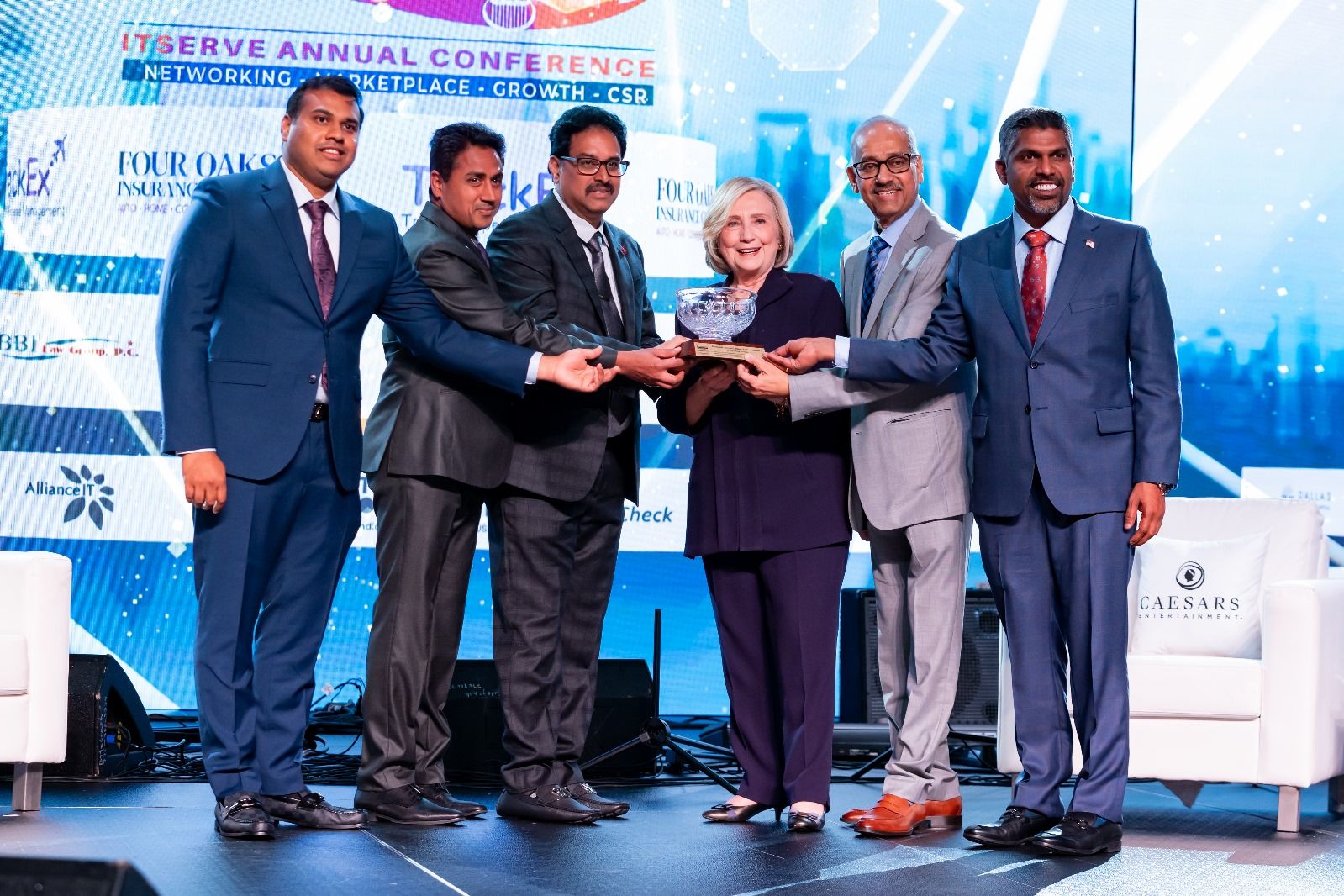 “Travelling to all the 21 Chapters across the United States in 8 months after I assumed office, I was instrumental in achieving membership to newer heights with more than 700+ new members added in 2023. Two new Chapters were launched. IT Serve Alliance is led by highly talented individuals, phenomenally successful entrepreneurs, and Innovators who are enthusiastic about giving back to the community.” He strengthened STEM Education program by adding STEM Training and Internship programs and enhancing STEM scholarships program.”
“Travelling to all the 21 Chapters across the United States in 8 months after I assumed office, I was instrumental in achieving membership to newer heights with more than 700+ new members added in 2023. Two new Chapters were launched. IT Serve Alliance is led by highly talented individuals, phenomenally successful entrepreneurs, and Innovators who are enthusiastic about giving back to the community.” He strengthened STEM Education program by adding STEM Training and Internship programs and enhancing STEM scholarships program.”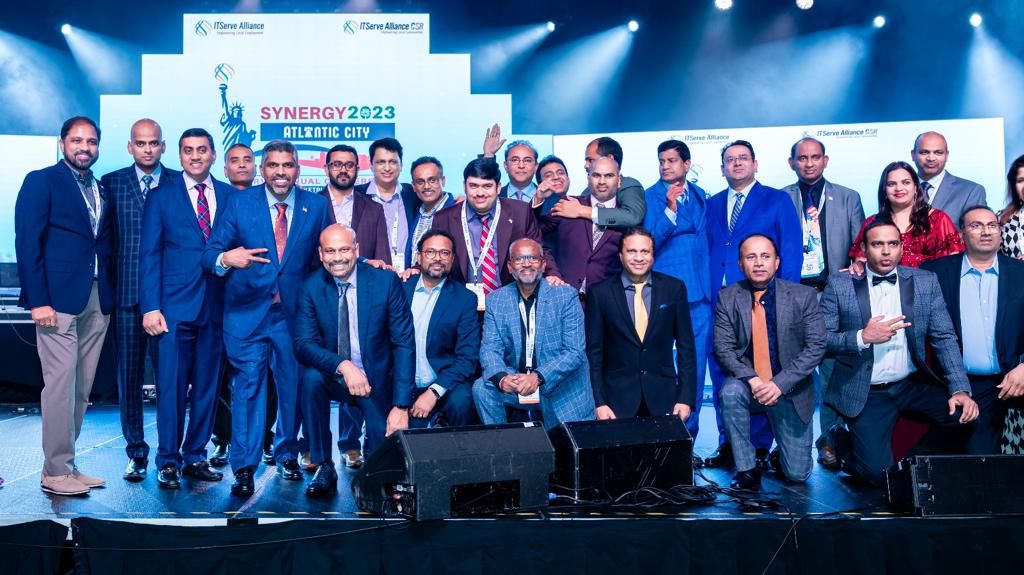 delivering innovative strategies, unique insights, and proven tactics for success, exclusively for IT service companies and individuals. Synergy 2023 focused on developing strategic relationships with our partner organizations, sponsors, and supporters to work for a better technology environment by building greater understanding.”
delivering innovative strategies, unique insights, and proven tactics for success, exclusively for IT service companies and individuals. Synergy 2023 focused on developing strategic relationships with our partner organizations, sponsors, and supporters to work for a better technology environment by building greater understanding.”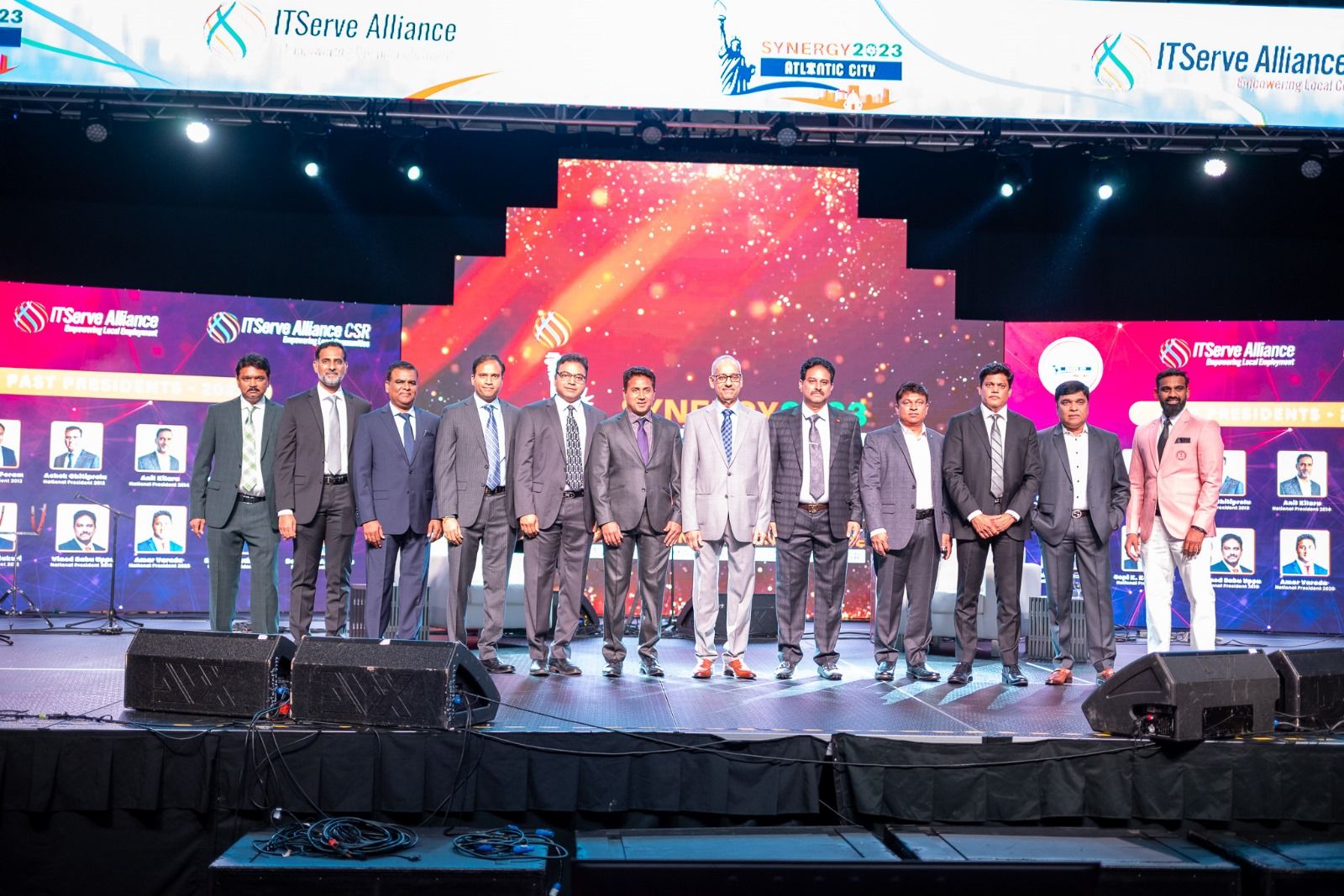 Secretary of State Hillary Rodham Clinton, the Chief Guest at ITServe Alliance’s Synergy 2023, shared with the audience about her life and aspirations, expressed appreciation for the contributions of the high skilled immigrant community and urged them to play an active role in the society. Ms. Clinton, the 67th Secretary of State of the United States has dedicated over four decades of her life in public service, serving as an advocate, attorney, First Lady, and US Senator.
Secretary of State Hillary Rodham Clinton, the Chief Guest at ITServe Alliance’s Synergy 2023, shared with the audience about her life and aspirations, expressed appreciation for the contributions of the high skilled immigrant community and urged them to play an active role in the society. Ms. Clinton, the 67th Secretary of State of the United States has dedicated over four decades of her life in public service, serving as an advocate, attorney, First Lady, and US Senator.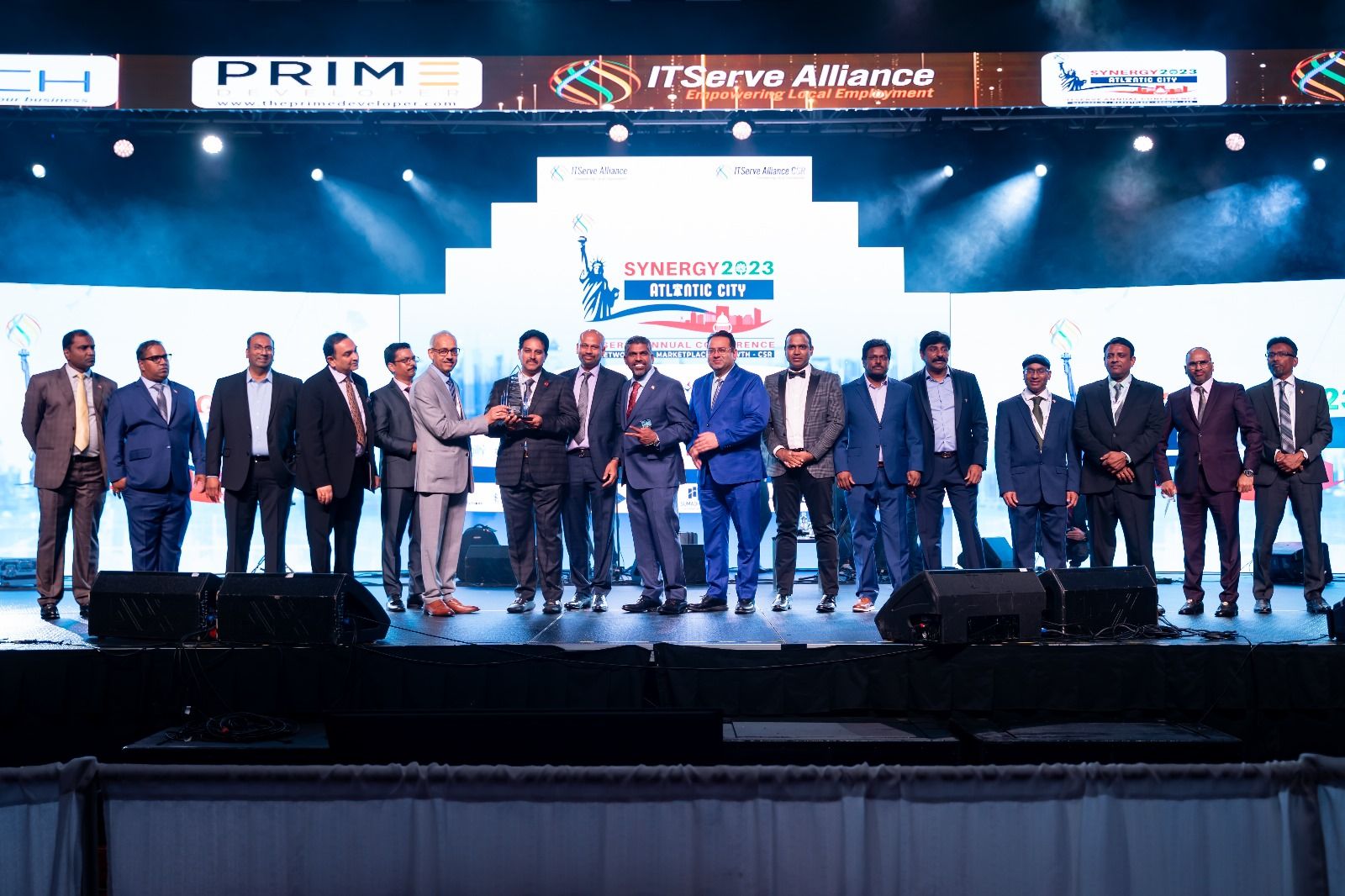 to US immigration issues, she advocated for reforming our immigration system to attract the most talented individuals from around the globe. This, in turn, would drive innovation and foster growth in our nation. Additionally, she advocated for a bipartisan approach to address this issue.
to US immigration issues, she advocated for reforming our immigration system to attract the most talented individuals from around the globe. This, in turn, would drive innovation and foster growth in our nation. Additionally, she advocated for a bipartisan approach to address this issue. In his presidential address, Vinay K. Mahajan, National President of ITServe Alliance, welcomed the members, leaders, chapter presidents, sponsors, and volunteers to Synergy 2023 and expressed his “sincere gratitude for your unwavering commitment, and dedication, and for investing your time and energy and resources. You are the backbone of our organization, and your unwavering commitment is what propels us forward.”
In his presidential address, Vinay K. Mahajan, National President of ITServe Alliance, welcomed the members, leaders, chapter presidents, sponsors, and volunteers to Synergy 2023 and expressed his “sincere gratitude for your unwavering commitment, and dedication, and for investing your time and energy and resources. You are the backbone of our organization, and your unwavering commitment is what propels us forward.” Venu Sangani, Director of Synergy 2023 said, “As we gather here, let’s remember that our unity as a community is our strength. I took on this leadership role, an opportunity, driven with a single objective: to help at the end of the conference, each attendee departs with concrete insight to grow their business to the next level. Because in all of you here today, there is both gratitude and a deep sense of accomplishment, knowing our collective vision is alive and thriving.”
Venu Sangani, Director of Synergy 2023 said, “As we gather here, let’s remember that our unity as a community is our strength. I took on this leadership role, an opportunity, driven with a single objective: to help at the end of the conference, each attendee departs with concrete insight to grow their business to the next level. Because in all of you here today, there is both gratitude and a deep sense of accomplishment, knowing our collective vision is alive and thriving.” Secretary of State Hillary Rodham Clinton, the Chief Guest at Synergy 2023 delivered the Keynote Address during an interactive session with ITServe members on October 27th evening. Ms. Clinton, the 67th Secretary of State of the United States has dedicated over four decades in public service as an advocate, attorney, First Lady, and US Senator.
Secretary of State Hillary Rodham Clinton, the Chief Guest at Synergy 2023 delivered the Keynote Address during an interactive session with ITServe members on October 27th evening. Ms. Clinton, the 67th Secretary of State of the United States has dedicated over four decades in public service as an advocate, attorney, First Lady, and US Senator. Secretary Clinton urged the ITServe member community “to continue to be involved in your communities, to be members of civic clubs, volunteer groups and take part in American society in every way possible, and also decide if you so may choose to become an American citizen. And for those of you who have children, who are American citizens, guide them to be very active. Not just getting their education or being a successful person economically but being involved in civic life. There’s a lot to it. I know you are good role models for people in many parts of our country. So, I am very grateful for the many contributions that you are making and will make in the future.”
Secretary Clinton urged the ITServe member community “to continue to be involved in your communities, to be members of civic clubs, volunteer groups and take part in American society in every way possible, and also decide if you so may choose to become an American citizen. And for those of you who have children, who are American citizens, guide them to be very active. Not just getting their education or being a successful person economically but being involved in civic life. There’s a lot to it. I know you are good role models for people in many parts of our country. So, I am very grateful for the many contributions that you are making and will make in the future.” Phaneesh Murthy, Founder & CEO of Primentor addressed the audience with his insightful talk on, “Strategies for Scaling and Sustaining a Successful IT Company from One to 100 Million Plus” The keynote address by Zack Kass, Technology Futurist, and Generative AI Solutions Specialist focused on: “AI for Small Business Success: Navigating the Future of Entrepreneurship.”
Phaneesh Murthy, Founder & CEO of Primentor addressed the audience with his insightful talk on, “Strategies for Scaling and Sustaining a Successful IT Company from One to 100 Million Plus” The keynote address by Zack Kass, Technology Futurist, and Generative AI Solutions Specialist focused on: “AI for Small Business Success: Navigating the Future of Entrepreneurship.” Kevin O’Leary, a Venture Capitalist and Star of ABC’s Shark Tank delivered the Evening keynote address on: “The Path to Profit: Strategies for Building a Successful Business.” Through specific portrayals from his popular Shark Tank, his insightful address to the loud applause from the crowd referred to successful business strategies to enhance business profits.
Kevin O’Leary, a Venture Capitalist and Star of ABC’s Shark Tank delivered the Evening keynote address on: “The Path to Profit: Strategies for Building a Successful Business.” Through specific portrayals from his popular Shark Tank, his insightful address to the loud applause from the crowd referred to successful business strategies to enhance business profits. Other sessions in the morning included a Startup Cube Finals on GTM Pitfalls Faced by Growing Startups, which Ashish Agarwal, Turbo Start, DVC led. The Immigration Panel Discussion focused on “Navigating Immigration Challenges and Policies.” The CXO Panel focused on “The Evolving Role of IOs and CTOs in AI and ChatGPT Powered Digital Transformation.” Other panel discussions addressed issues related to “Contracts And Litigations,” and “Direct Client Engagement in the World of Contingent Workforce.”
Other sessions in the morning included a Startup Cube Finals on GTM Pitfalls Faced by Growing Startups, which Ashish Agarwal, Turbo Start, DVC led. The Immigration Panel Discussion focused on “Navigating Immigration Challenges and Policies.” The CXO Panel focused on “The Evolving Role of IOs and CTOs in AI and ChatGPT Powered Digital Transformation.” Other panel discussions addressed issues related to “Contracts And Litigations,” and “Direct Client Engagement in the World of Contingent Workforce.” Amar Varada, Chair of Synergy 2023 said, “Synergy 2023 had prominent speakers, and valuable sponsorships, and helped grow a community network of industry professionals across the country. We are grateful to the unwavering support of our members, volunteers, and sponsors, whose collective efforts made this event a memorable one for all.”
Amar Varada, Chair of Synergy 2023 said, “Synergy 2023 had prominent speakers, and valuable sponsorships, and helped grow a community network of industry professionals across the country. We are grateful to the unwavering support of our members, volunteers, and sponsors, whose collective efforts made this event a memorable one for all.” With cultural events, music, dance, and sumptuous food, in addition to all the learning and sharing of knowledge, Synergy 2023 provided actionable insights and strategies that companies can directly implement, serving as a catalyst for taking businesses to the next level. Beyond being an arena for networking and knowledge sharing, Synergy 2023 has proved to be a veritable marketplace for ideas and innovations.
With cultural events, music, dance, and sumptuous food, in addition to all the learning and sharing of knowledge, Synergy 2023 provided actionable insights and strategies that companies can directly implement, serving as a catalyst for taking businesses to the next level. Beyond being an arena for networking and knowledge sharing, Synergy 2023 has proved to be a veritable marketplace for ideas and innovations. In addition to the 21 ITServe Chapter Presidents across the United States and the dozens of various Committee Chairs, the Executive Board of Directors of ITSeve, who play a critical role in enhancing the mission and vision of ITServe Alliance include:
In addition to the 21 ITServe Chapter Presidents across the United States and the dozens of various Committee Chairs, the Executive Board of Directors of ITSeve, who play a critical role in enhancing the mission and vision of ITServe Alliance include: 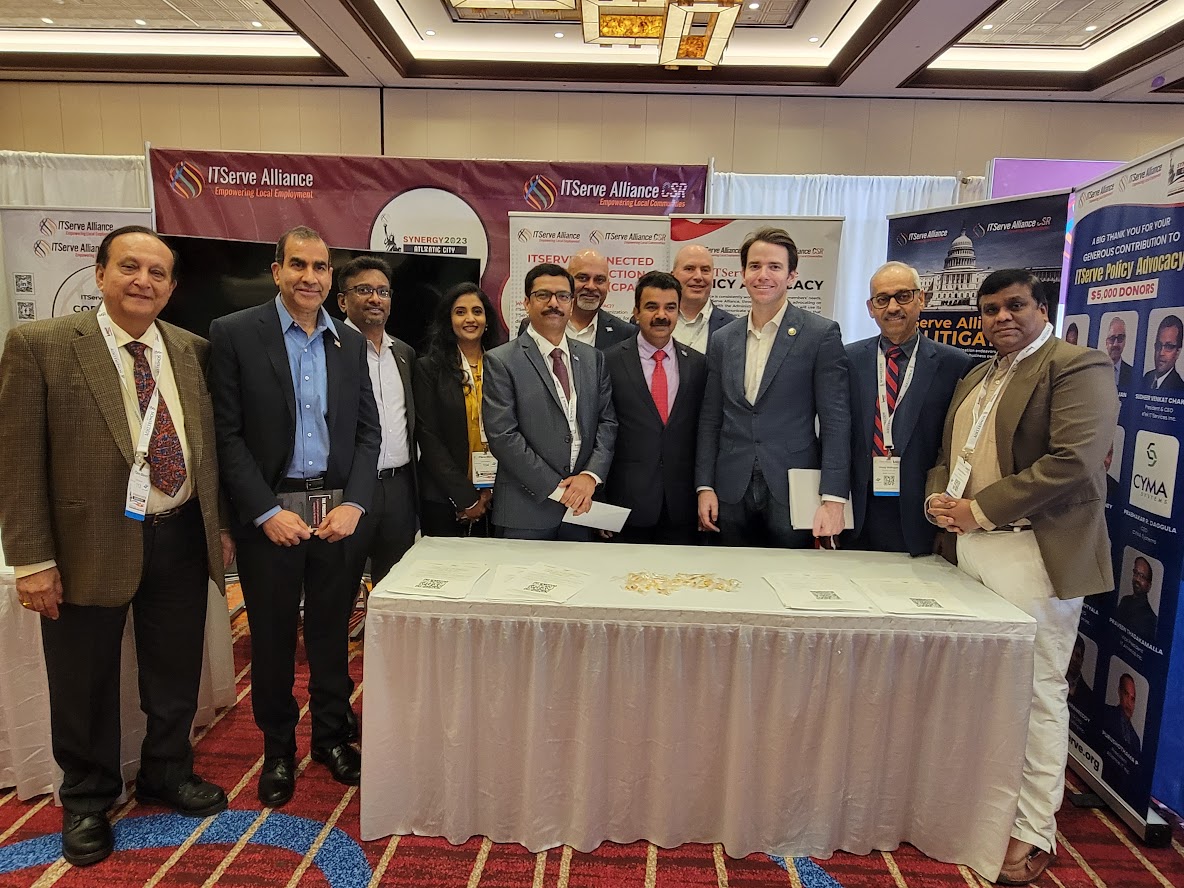
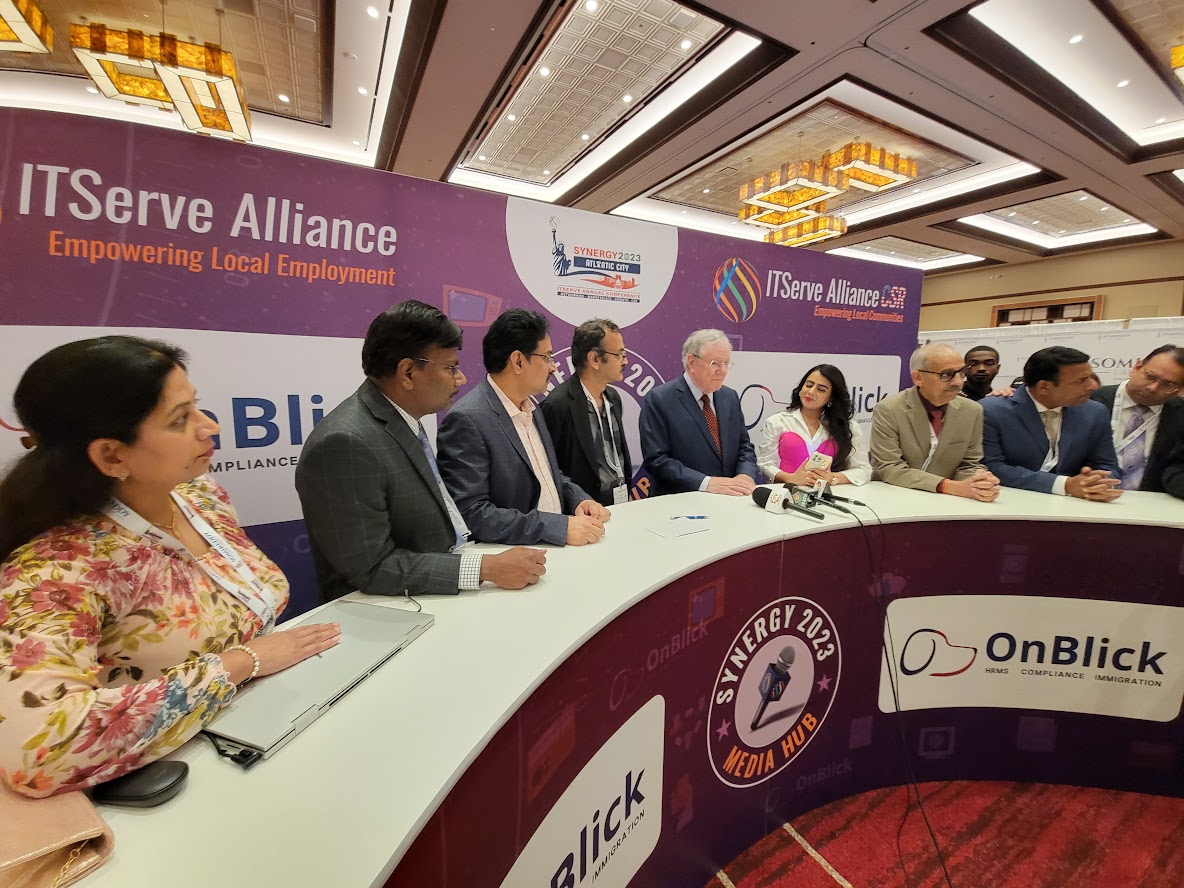 Secretary Clinton urged the Indian Diaspora “to continue to be involved in your communities,to be members of civic clubs. volunteer groups, and really take part in American society in every way possible, and also to make the decision if you so choose, to become an American citizen and as you wish to do. And for those of you who are the children, who are American citizens, guide them to be very active. Not just getting their education or being a successful person economically, but to be involved in things. There’s a lot to it. So, I think that the Indian diaspora, you know are good role models for people in many parts of our country. So, I personally am very grateful for the many contributions that you are making and will make in the future.”
Secretary Clinton urged the Indian Diaspora “to continue to be involved in your communities,to be members of civic clubs. volunteer groups, and really take part in American society in every way possible, and also to make the decision if you so choose, to become an American citizen and as you wish to do. And for those of you who are the children, who are American citizens, guide them to be very active. Not just getting their education or being a successful person economically, but to be involved in things. There’s a lot to it. So, I think that the Indian diaspora, you know are good role models for people in many parts of our country. So, I personally am very grateful for the many contributions that you are making and will make in the future.”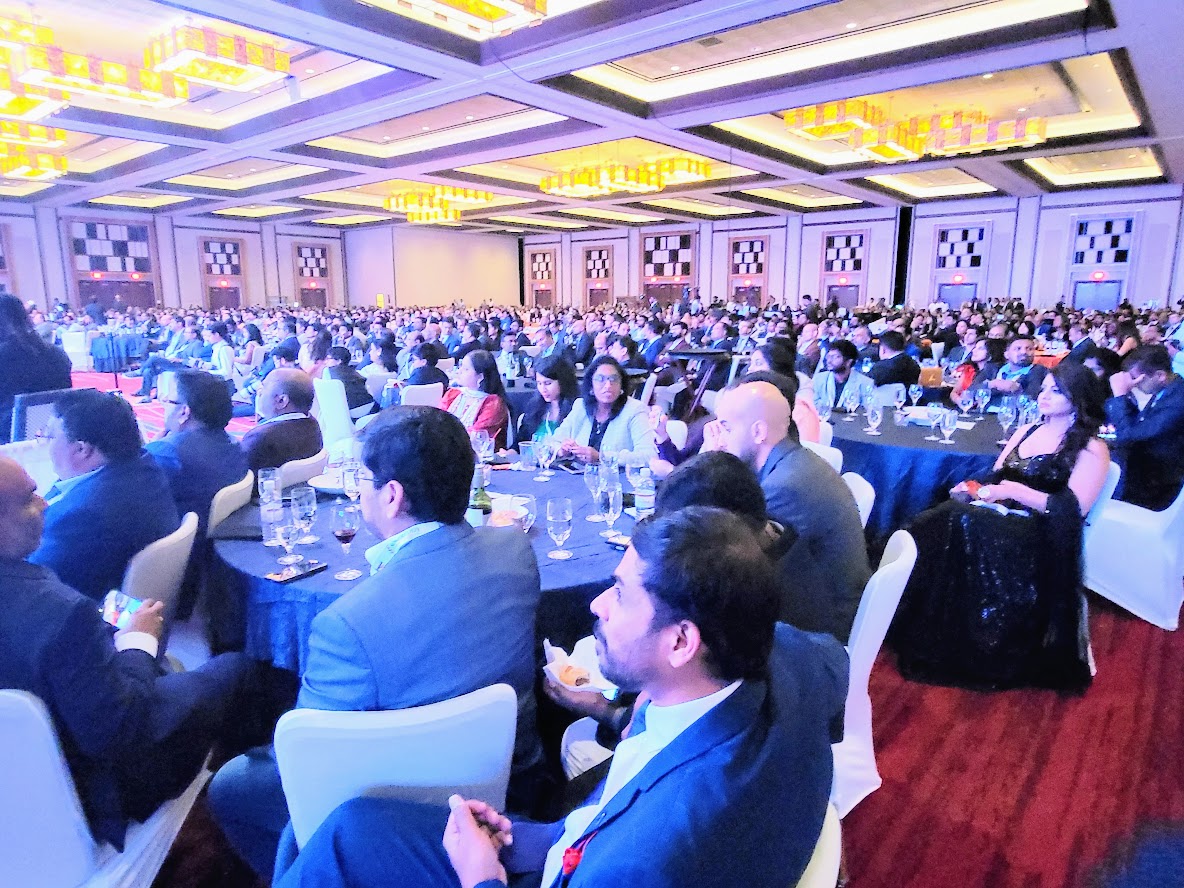 Kevin O’Leary, a Venture Capitalist, Star of ABC’s Shark Tank delivered the Evening keynote address on: “The Path to Profit: Strategies for Building a Successful Business.” Through specific portrayals from his popular Shark Tank, his insightful address to the loud applauses from the crowd referred to successful business strategies to enhance business profits.
Kevin O’Leary, a Venture Capitalist, Star of ABC’s Shark Tank delivered the Evening keynote address on: “The Path to Profit: Strategies for Building a Successful Business.” Through specific portrayals from his popular Shark Tank, his insightful address to the loud applauses from the crowd referred to successful business strategies to enhance business profits.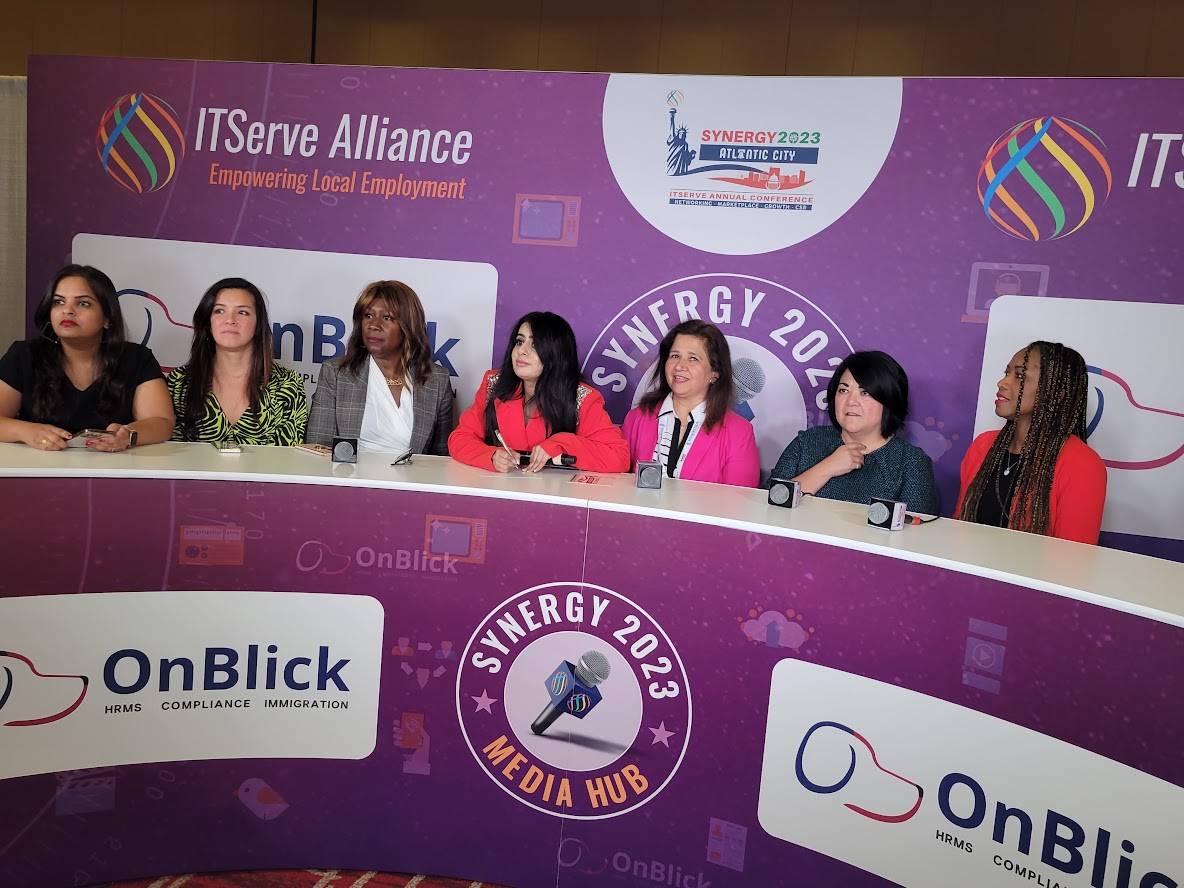 Anil Atyam, Chair of Speakers for Synergy 2023 emphasized the curated lineup of speakers and panels. “We are thrilled to have a diverse and esteemed set of speakers for this year’s conference. From policymakers, and technology leaders to industry innovators, our speakers are pivotal in shaping the discussions and providing invaluable insights that can be immediately applied in various sectors of the IT industry.”
Anil Atyam, Chair of Speakers for Synergy 2023 emphasized the curated lineup of speakers and panels. “We are thrilled to have a diverse and esteemed set of speakers for this year’s conference. From policymakers, and technology leaders to industry innovators, our speakers are pivotal in shaping the discussions and providing invaluable insights that can be immediately applied in various sectors of the IT industry.”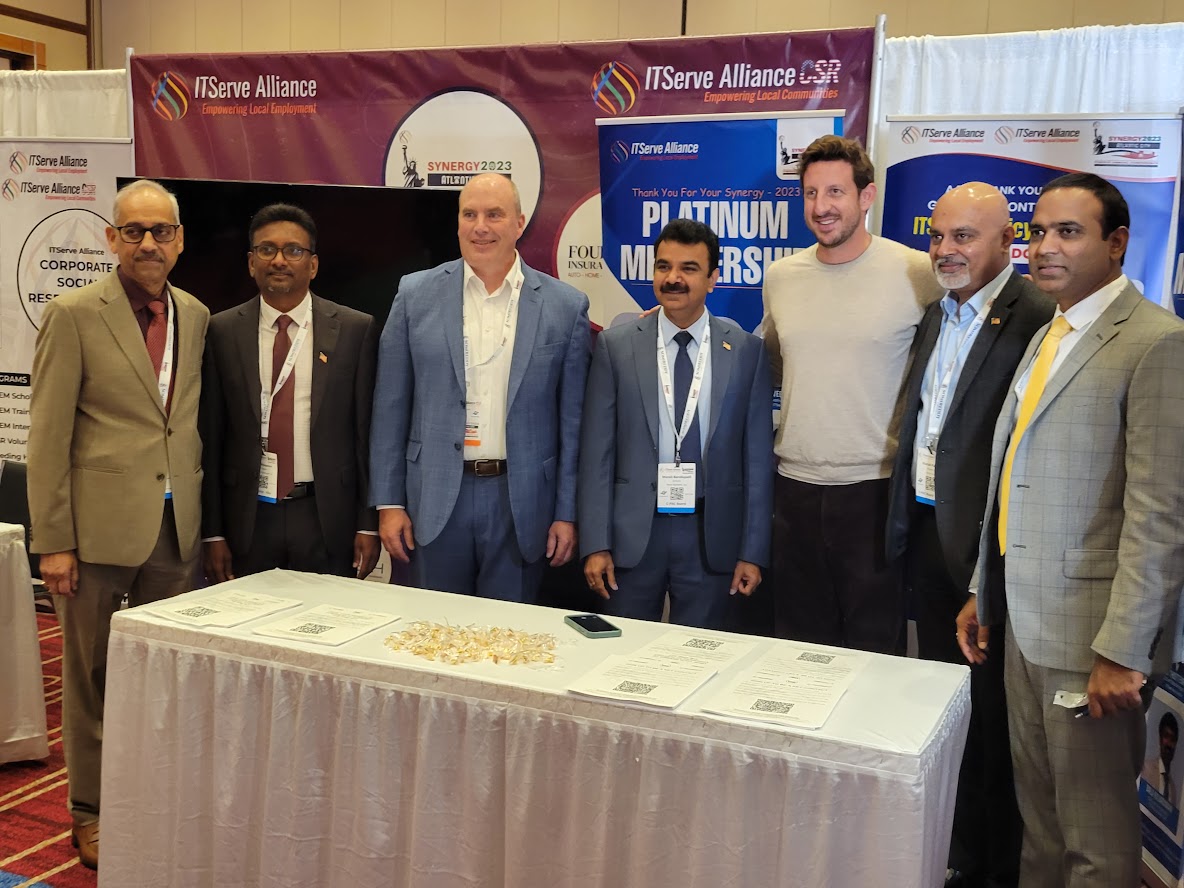 A Special Guest Session at Synergy was a “Dialogue with Yuvraj Singh,” a highly popular international Cricketer, Entrepreneur, and Philanthropist. Synergy 2023 will conclude with a Live Musical Concert by Bollywood Playback Singer and Filmfare Awardee Kanika Kapoor.
A Special Guest Session at Synergy was a “Dialogue with Yuvraj Singh,” a highly popular international Cricketer, Entrepreneur, and Philanthropist. Synergy 2023 will conclude with a Live Musical Concert by Bollywood Playback Singer and Filmfare Awardee Kanika Kapoor.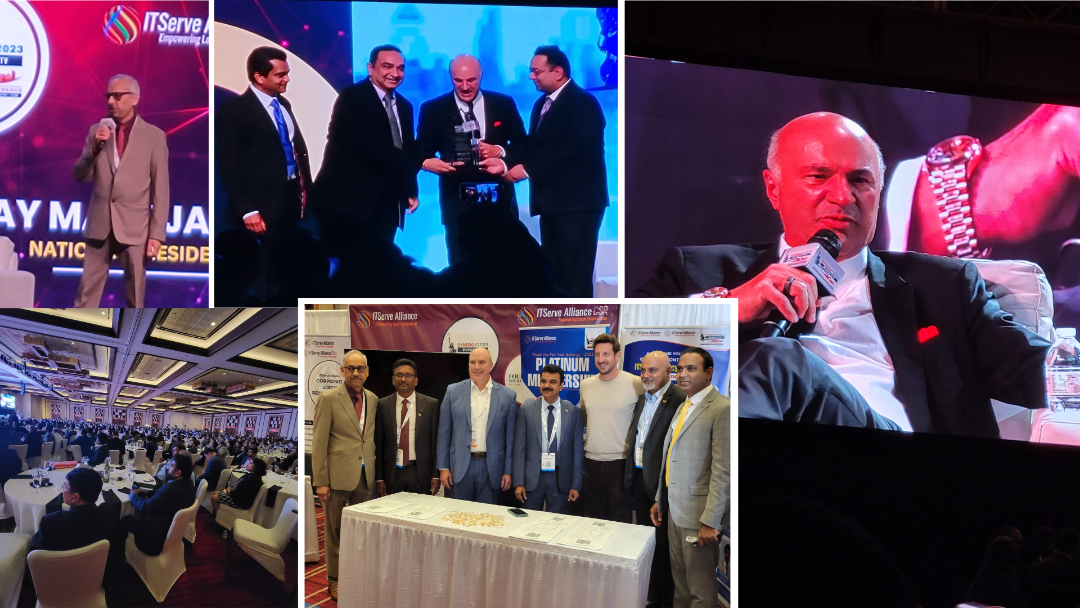 Describing the mission of ITServe Mr. Mahajan said, “We’re in the forefront, guiding and empowering its members. ITServe today is a powerful force focused on safeguarding the interests of small and medium business enterprises. We have more than 2,200 member companies, spread over 21 Chapters, they generate 175,000 high paying jobs across the United States. Our members contribute almost $12 billion to the US GDP. We at ITServe Alliance are immensely proud of us for being very successful. We are the voice represent the interests of small and medium scale enterprises of IT industry, protecting our members’ interests. We give back to the community, and invest in startups, which is to help the United States maintain the leadership in innovation and technology.”
Describing the mission of ITServe Mr. Mahajan said, “We’re in the forefront, guiding and empowering its members. ITServe today is a powerful force focused on safeguarding the interests of small and medium business enterprises. We have more than 2,200 member companies, spread over 21 Chapters, they generate 175,000 high paying jobs across the United States. Our members contribute almost $12 billion to the US GDP. We at ITServe Alliance are immensely proud of us for being very successful. We are the voice represent the interests of small and medium scale enterprises of IT industry, protecting our members’ interests. We give back to the community, and invest in startups, which is to help the United States maintain the leadership in innovation and technology.” Mahajan went on to say, “I always thank you members, because of you, we are all strong together. Our success today is not about working alone in isolation. It is about coming together, collaborating and liberating our collective strength. It is about finding synergy, not only within our own businesses but also across our entire community. As we navigate the challenges and opportunities of the digital age, our role today is even more critical. We are not just service providers. We are architects of transformation. We shape the future of industries and enhance the lives of individuals worldwide. This event is dedicated to you. Together we will innovate and lead the way in the IT services industry. Thank you for being part of synergy. Let us embark on the journey together and fueled by the spirit of collaboration and the pursuit of success.”
Mahajan went on to say, “I always thank you members, because of you, we are all strong together. Our success today is not about working alone in isolation. It is about coming together, collaborating and liberating our collective strength. It is about finding synergy, not only within our own businesses but also across our entire community. As we navigate the challenges and opportunities of the digital age, our role today is even more critical. We are not just service providers. We are architects of transformation. We shape the future of industries and enhance the lives of individuals worldwide. This event is dedicated to you. Together we will innovate and lead the way in the IT services industry. Thank you for being part of synergy. Let us embark on the journey together and fueled by the spirit of collaboration and the pursuit of success.”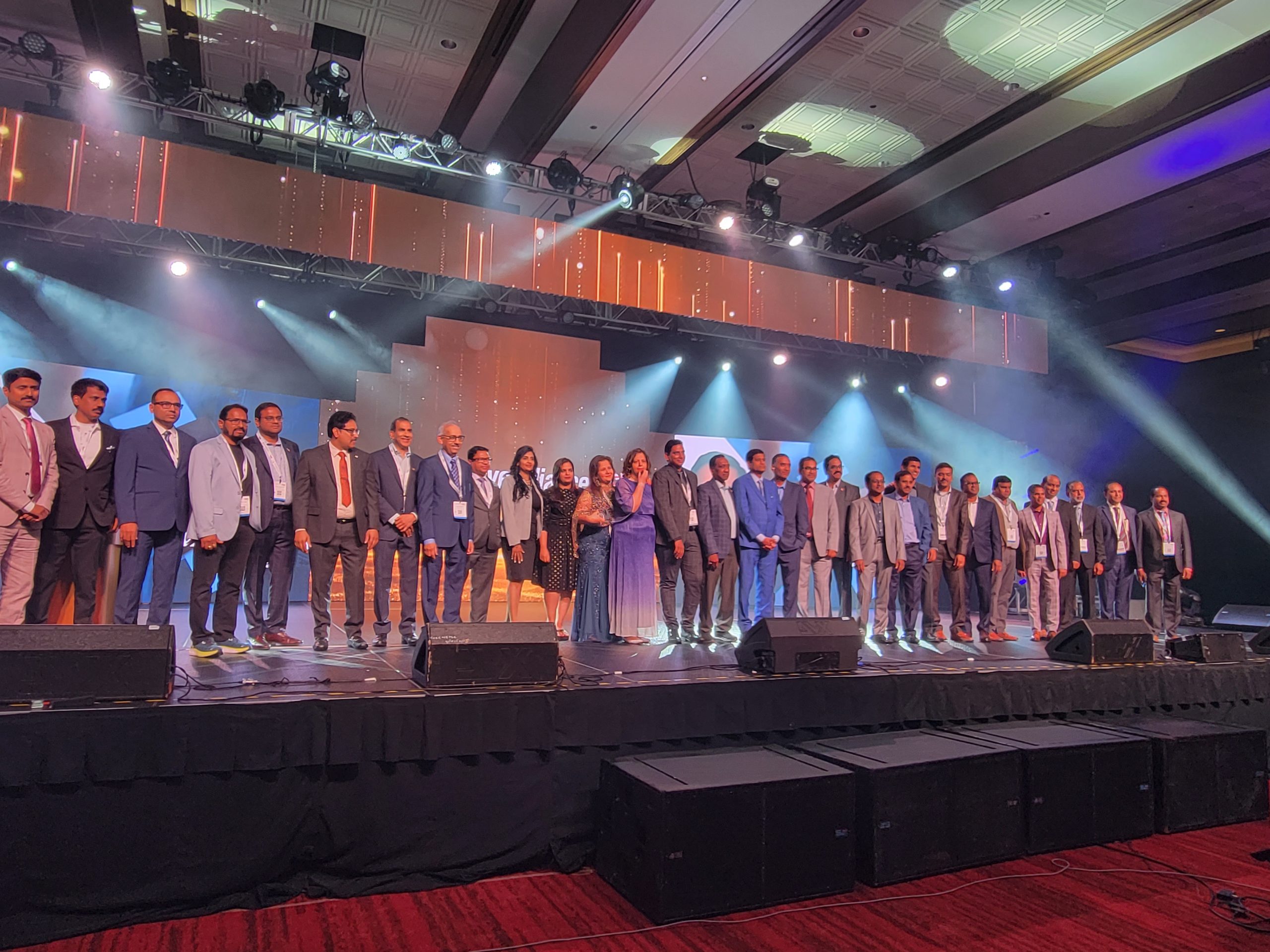 In his opening remarks, Venu Sangani, Director of Synergy 2023 said, “As we gather here, let’s remember that our unity as a community is our strength. Last year in Orlando, Florida, I took on this leadership role, an opportunity, driven with a single objective: to help at the end of the conference, each attendee departs with concrete insight to grow their business to the next level. Because in all of you here today, there is both gratitude and deep sense of accomplishment, knowing our collective vision is alive and thriving.”
In his opening remarks, Venu Sangani, Director of Synergy 2023 said, “As we gather here, let’s remember that our unity as a community is our strength. Last year in Orlando, Florida, I took on this leadership role, an opportunity, driven with a single objective: to help at the end of the conference, each attendee departs with concrete insight to grow their business to the next level. Because in all of you here today, there is both gratitude and deep sense of accomplishment, knowing our collective vision is alive and thriving.”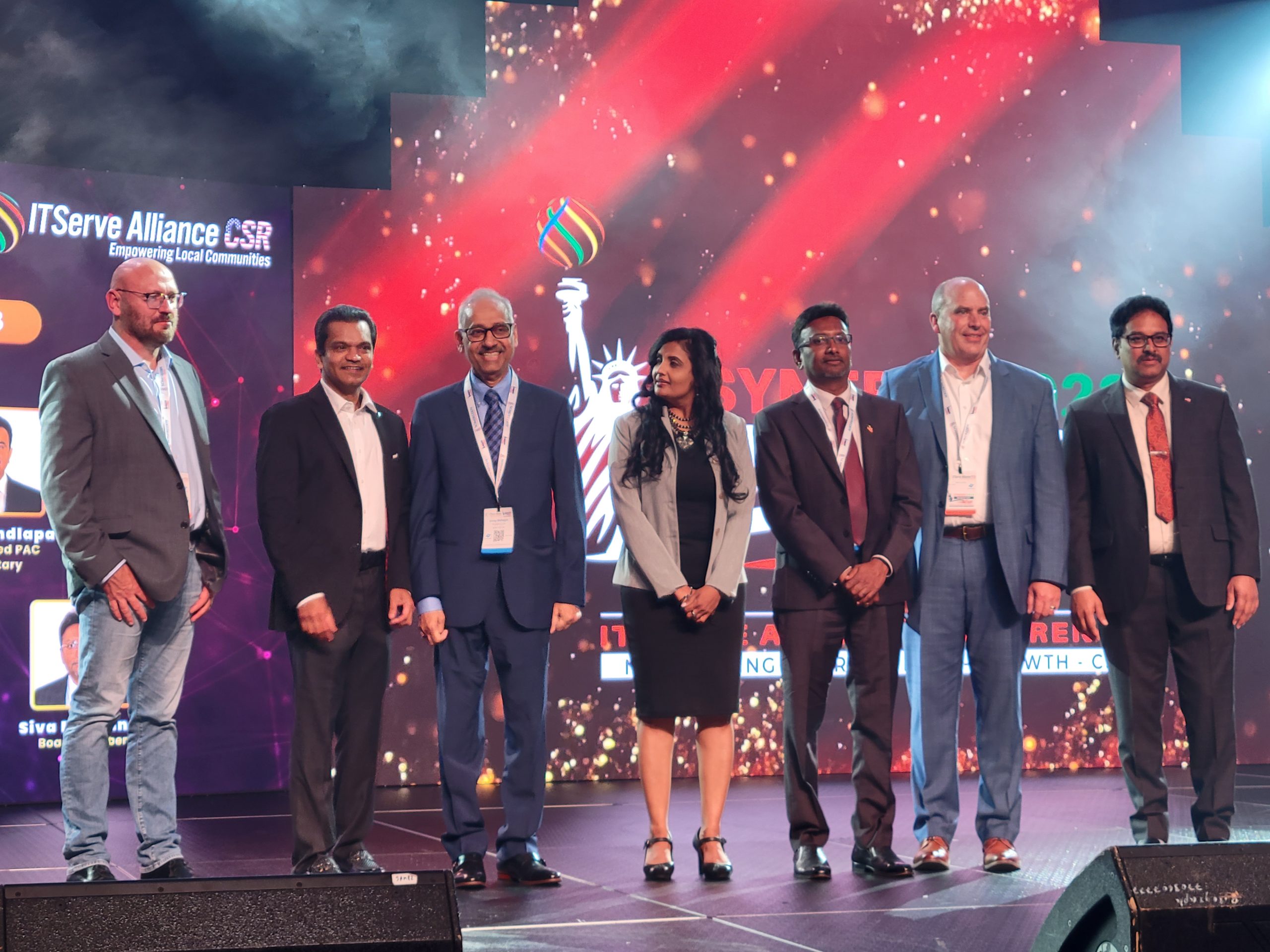 Referring to the global situation, Forbes said, “We know we live in a world today, where Russia, China, North Korea and Iran feel that the United States is a declining power. China has made very clear it wants world domination. Russia under Putin has made it very clear he wants to recreate the Soviet empire. Iran wants to be the hegemony of the Middle East and control the oil and dominate the region and ultimately eliminate Israel. In the crazy border wars, China keeps pushing against India. Not a good environment.”
Referring to the global situation, Forbes said, “We know we live in a world today, where Russia, China, North Korea and Iran feel that the United States is a declining power. China has made very clear it wants world domination. Russia under Putin has made it very clear he wants to recreate the Soviet empire. Iran wants to be the hegemony of the Middle East and control the oil and dominate the region and ultimately eliminate Israel. In the crazy border wars, China keeps pushing against India. Not a good environment.”






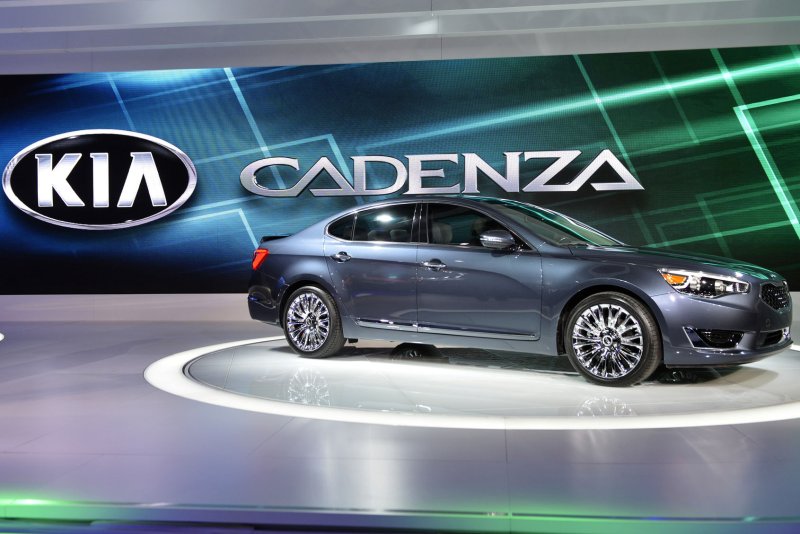 For Hyundai, the concern is centered around the anti-lock brake system in 13 different models, which may leak fluid and trigger an electrical short circuit that could result in a fire. In the case of Kia, the fire risk is linked to the hydraulic electronic control unit in 10 separate models.
For Hyundai, the concern is centered around the anti-lock brake system in 13 different models, which may leak fluid and trigger an electrical short circuit that could result in a fire. In the case of Kia, the fire risk is linked to the hydraulic electronic control unit in 10 separate models.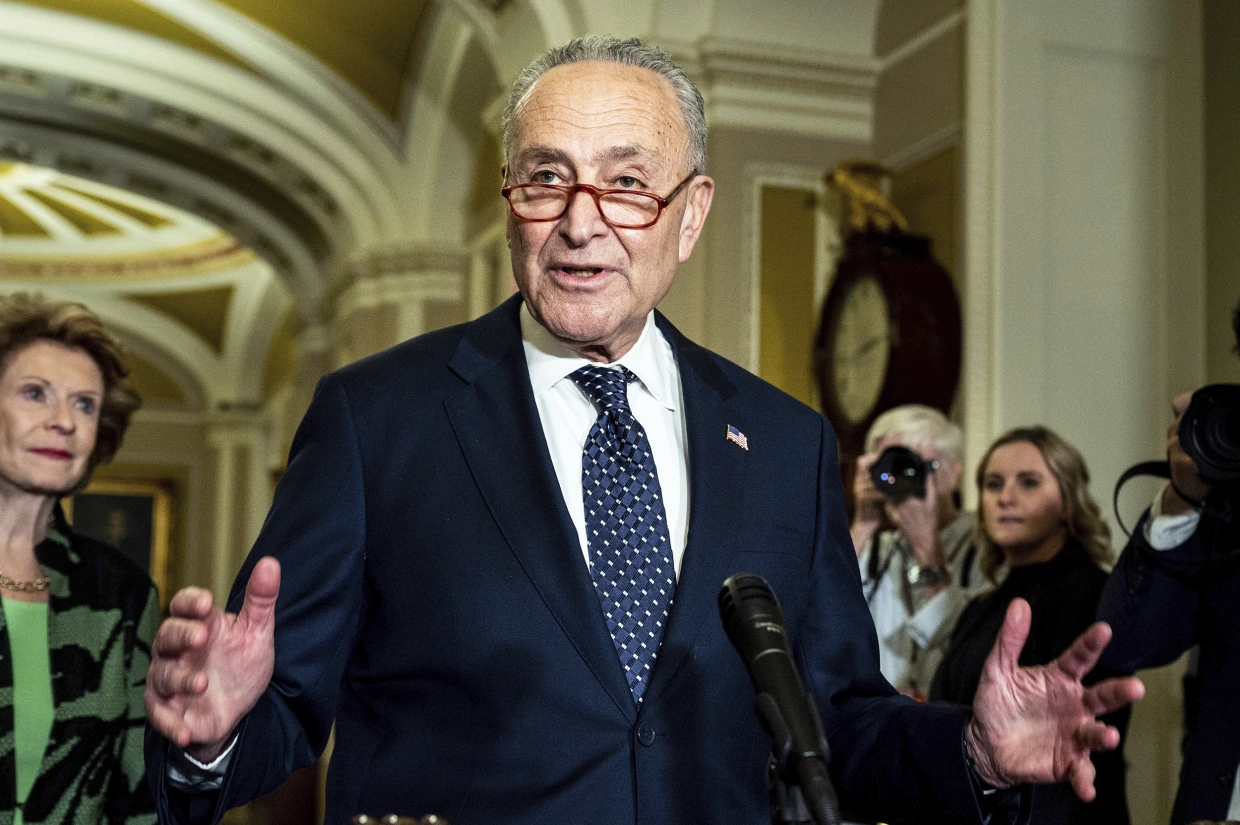
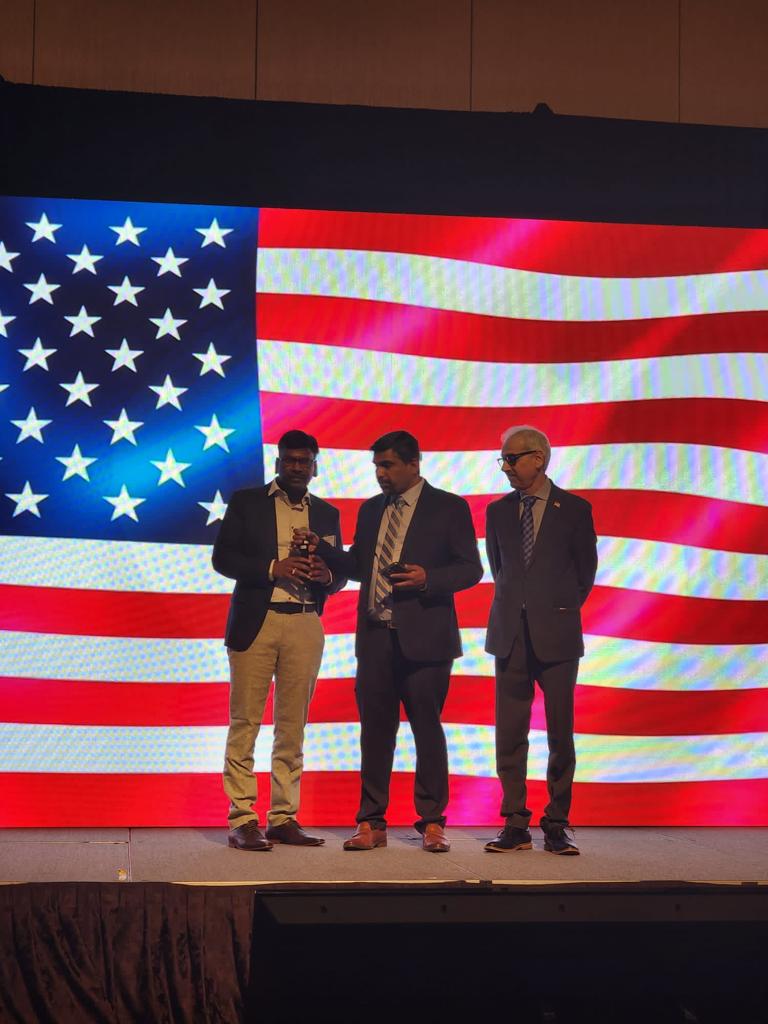 Synergy continues to add prominent speakers, and valuable sponsorships, and help grow a community network of industry professionals across the country,” said Amar Varada, Chair of Synergy 2023. “Participants at Synergy 2023 will have a platform for IT company heads to come together to hear industry leaders speak, engage in discussions with lawmakers, participate in interactive breakout sessions, deliberate on the latest trends, challenges, and opportunities in the world of IT Staffing and Technology.
Synergy continues to add prominent speakers, and valuable sponsorships, and help grow a community network of industry professionals across the country,” said Amar Varada, Chair of Synergy 2023. “Participants at Synergy 2023 will have a platform for IT company heads to come together to hear industry leaders speak, engage in discussions with lawmakers, participate in interactive breakout sessions, deliberate on the latest trends, challenges, and opportunities in the world of IT Staffing and Technology.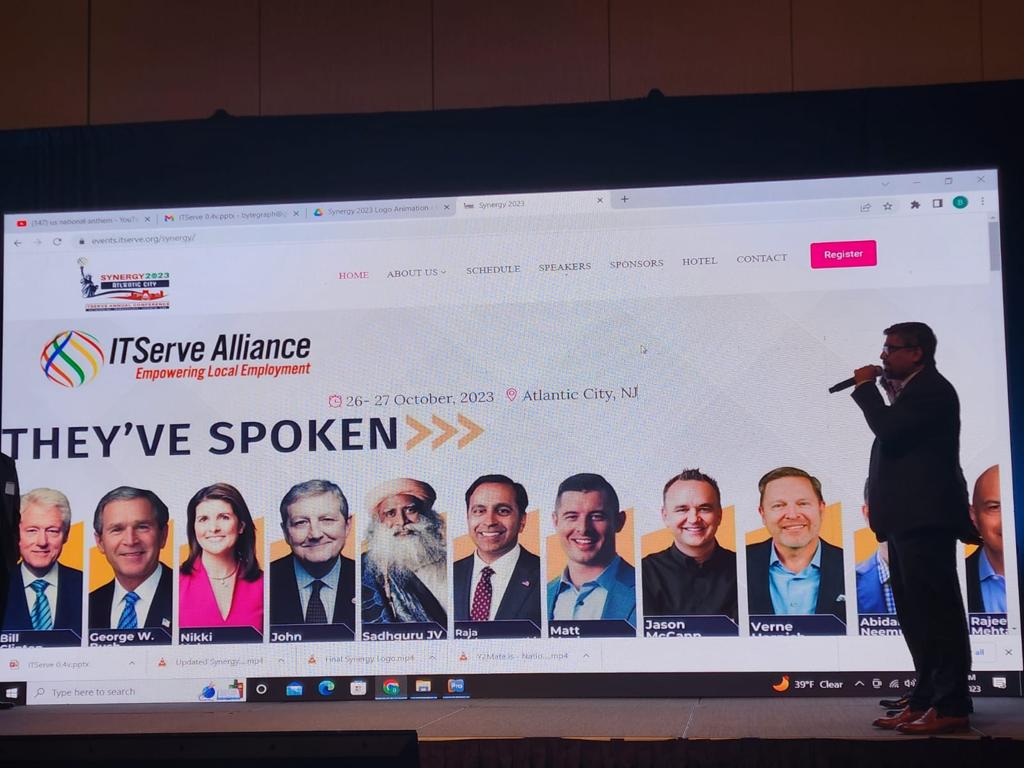

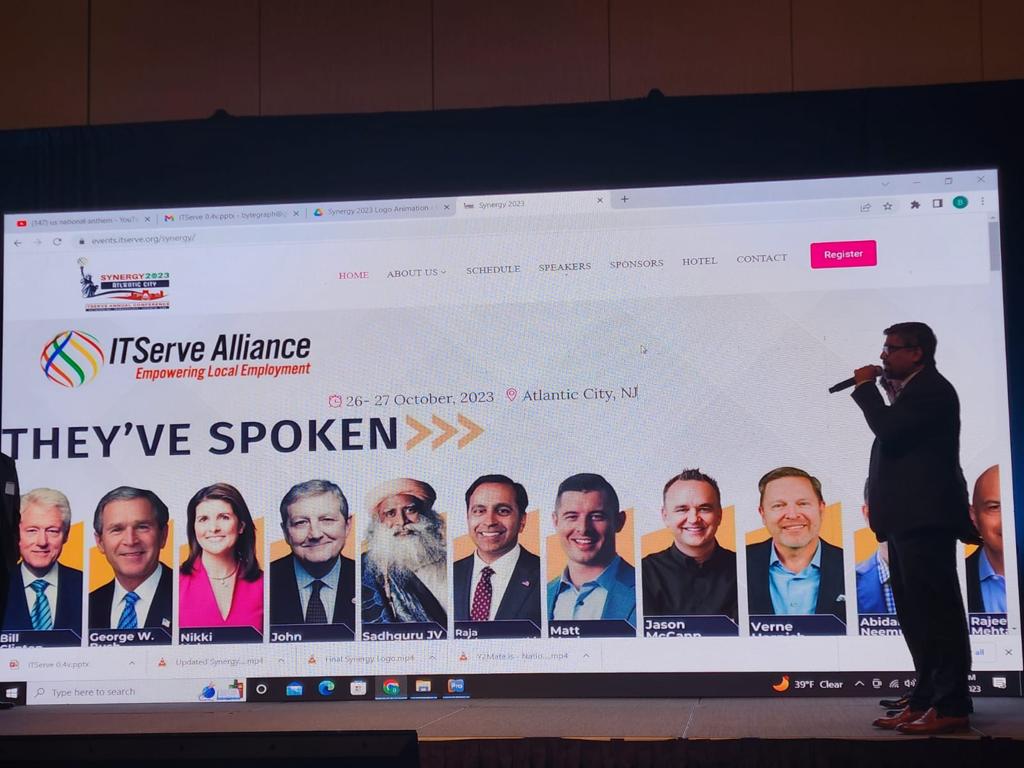
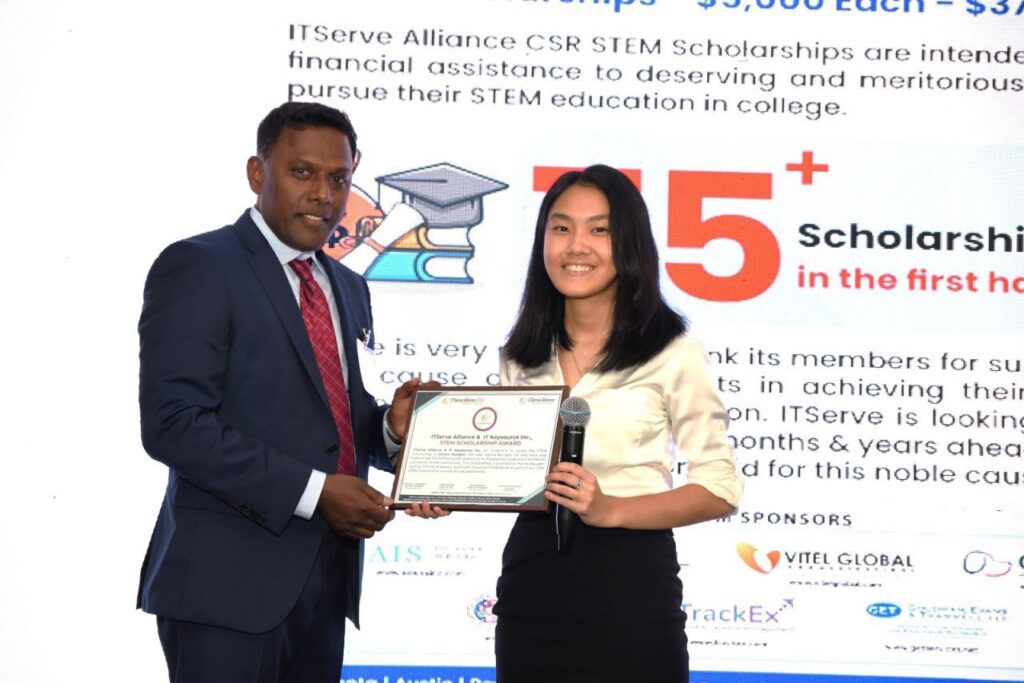
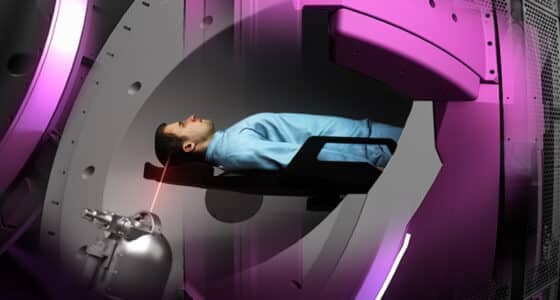

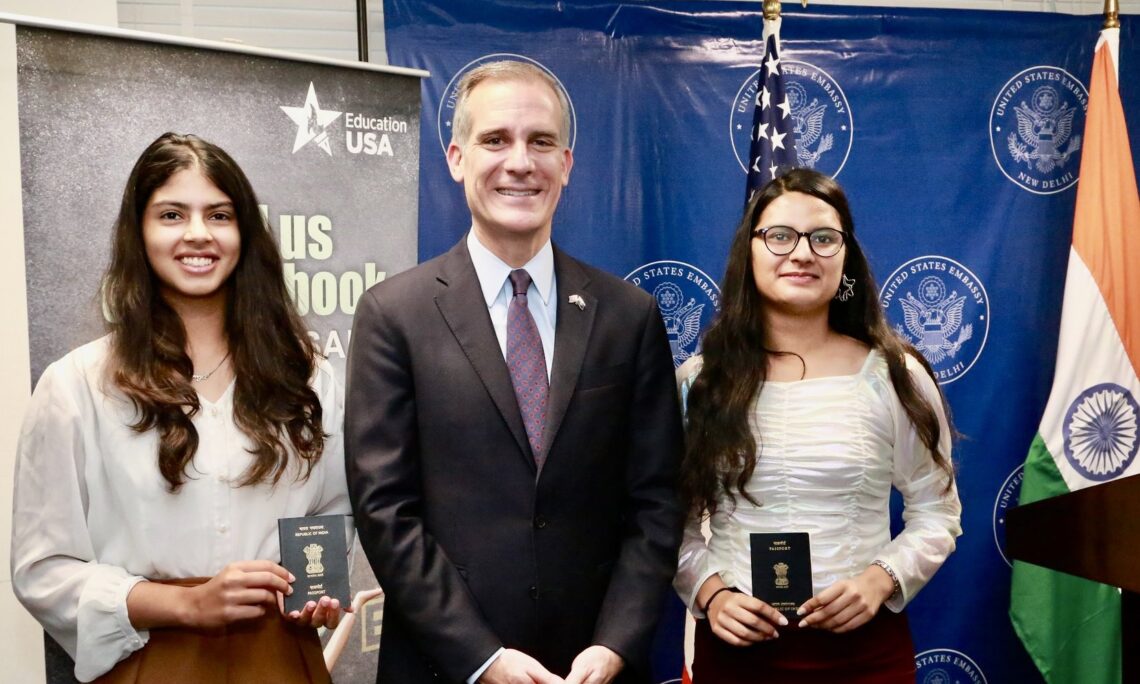
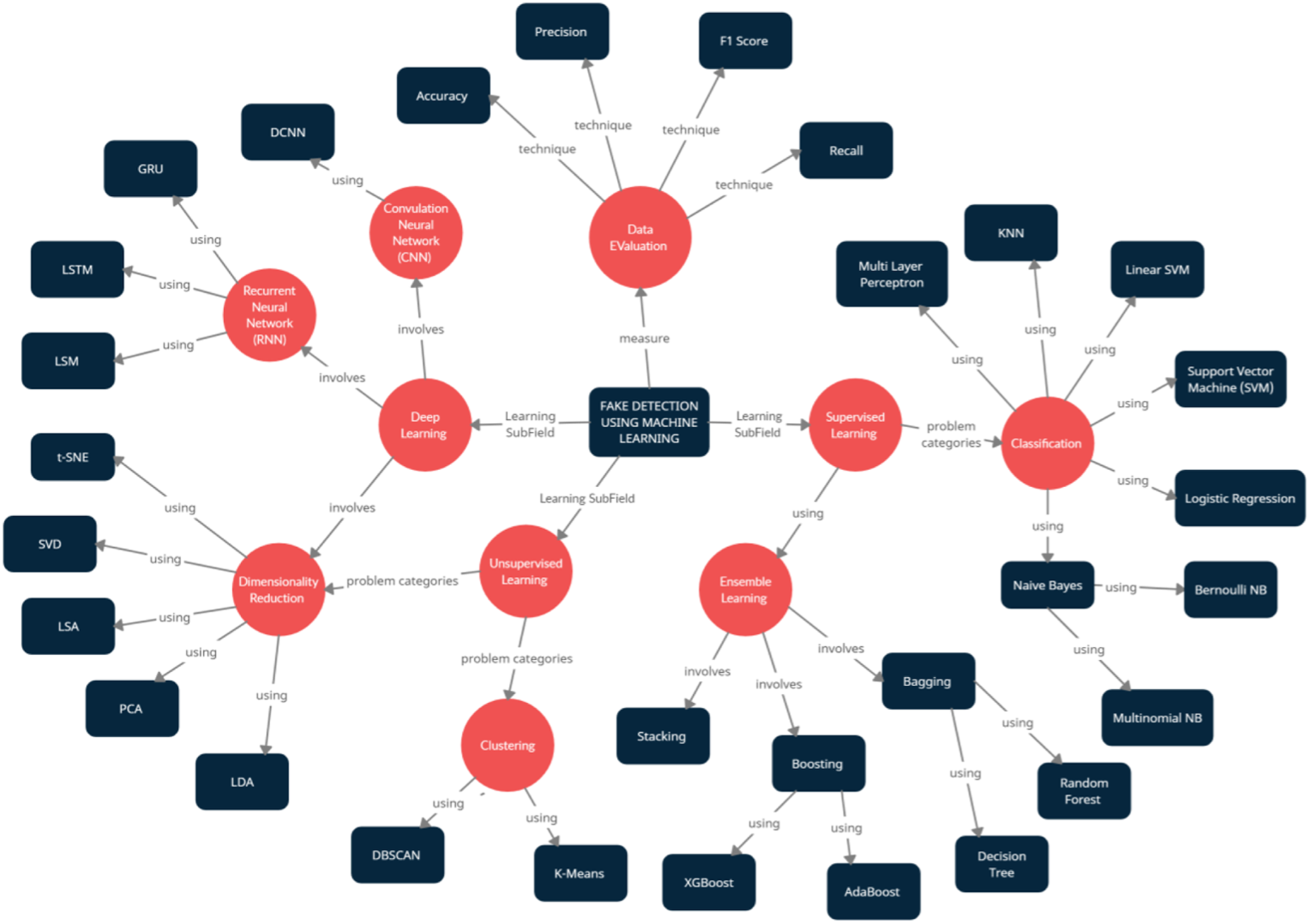
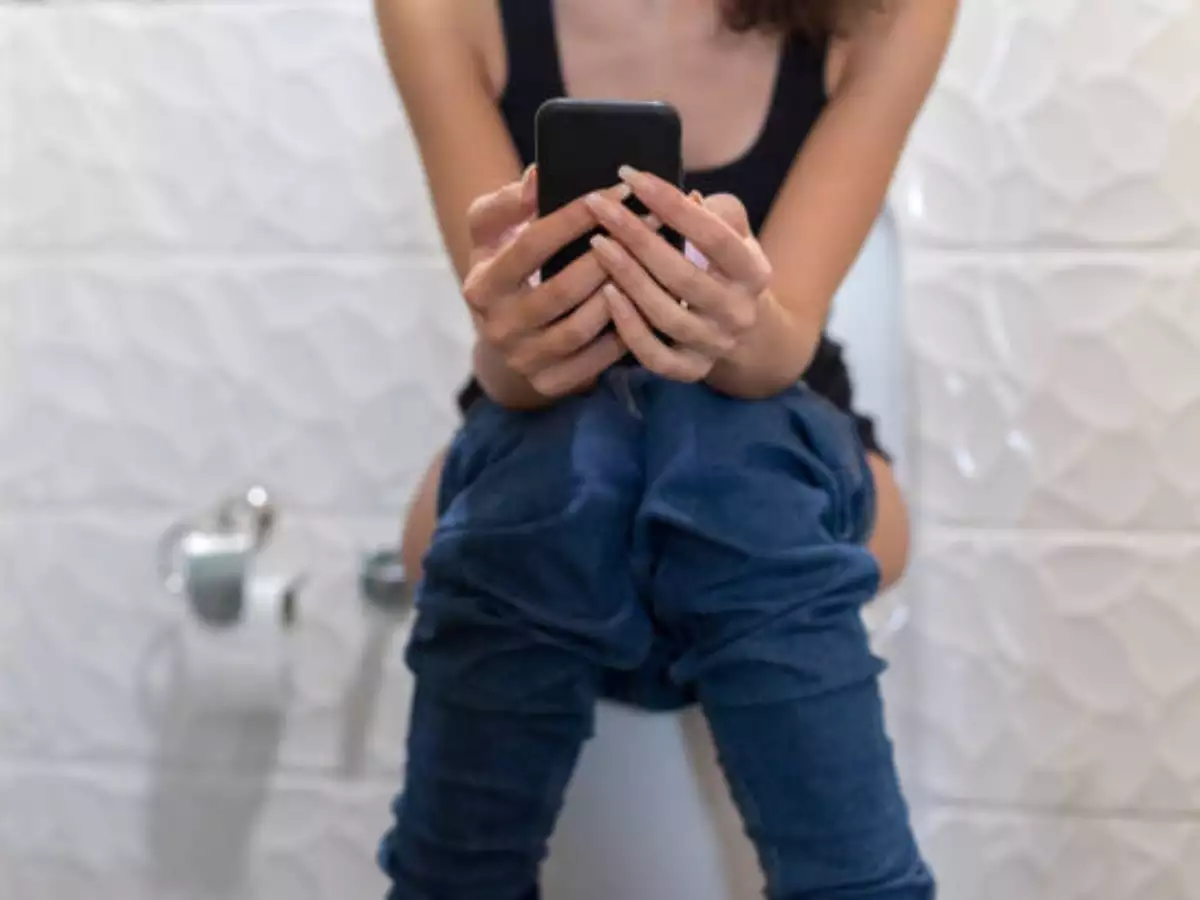
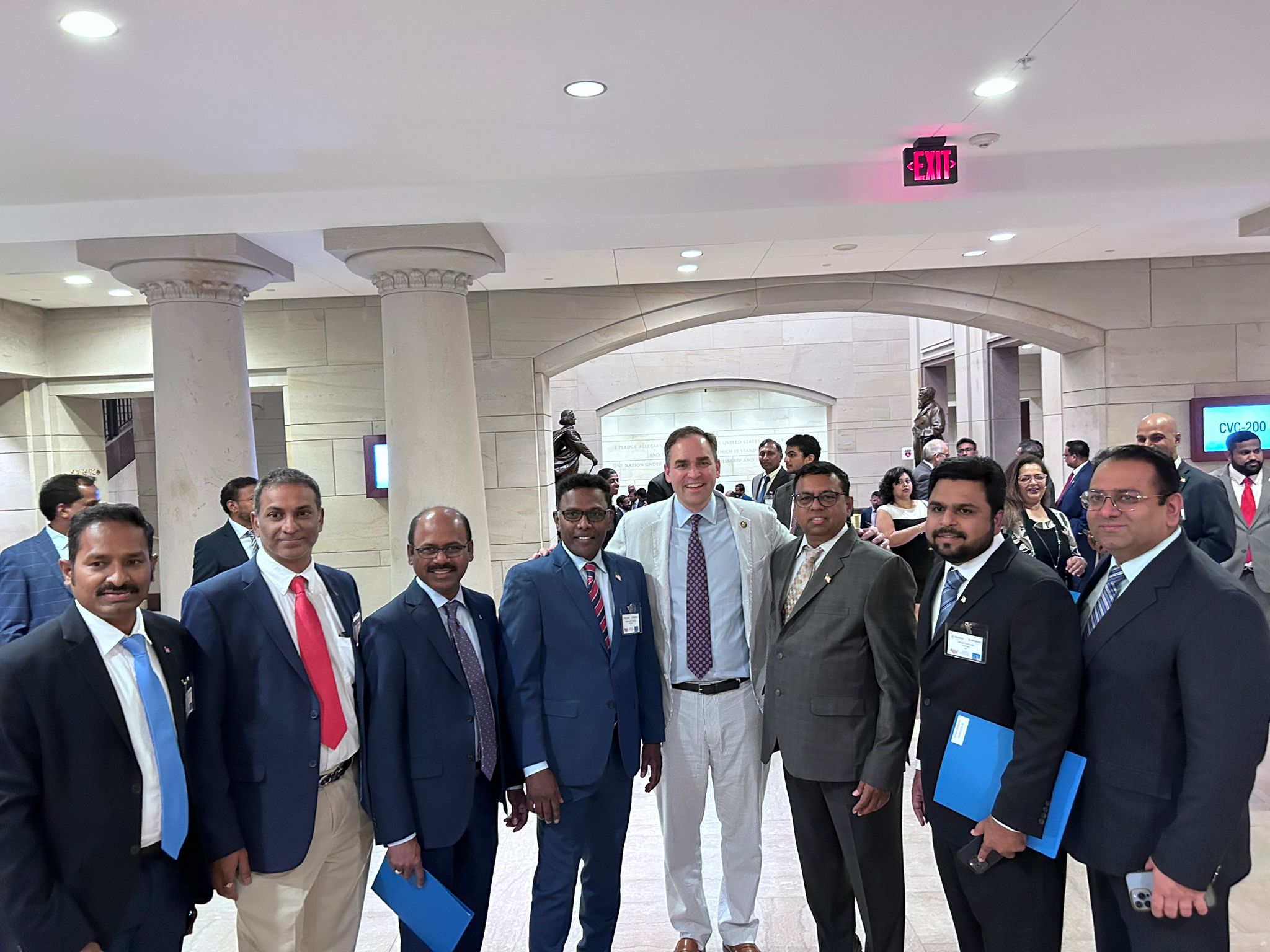
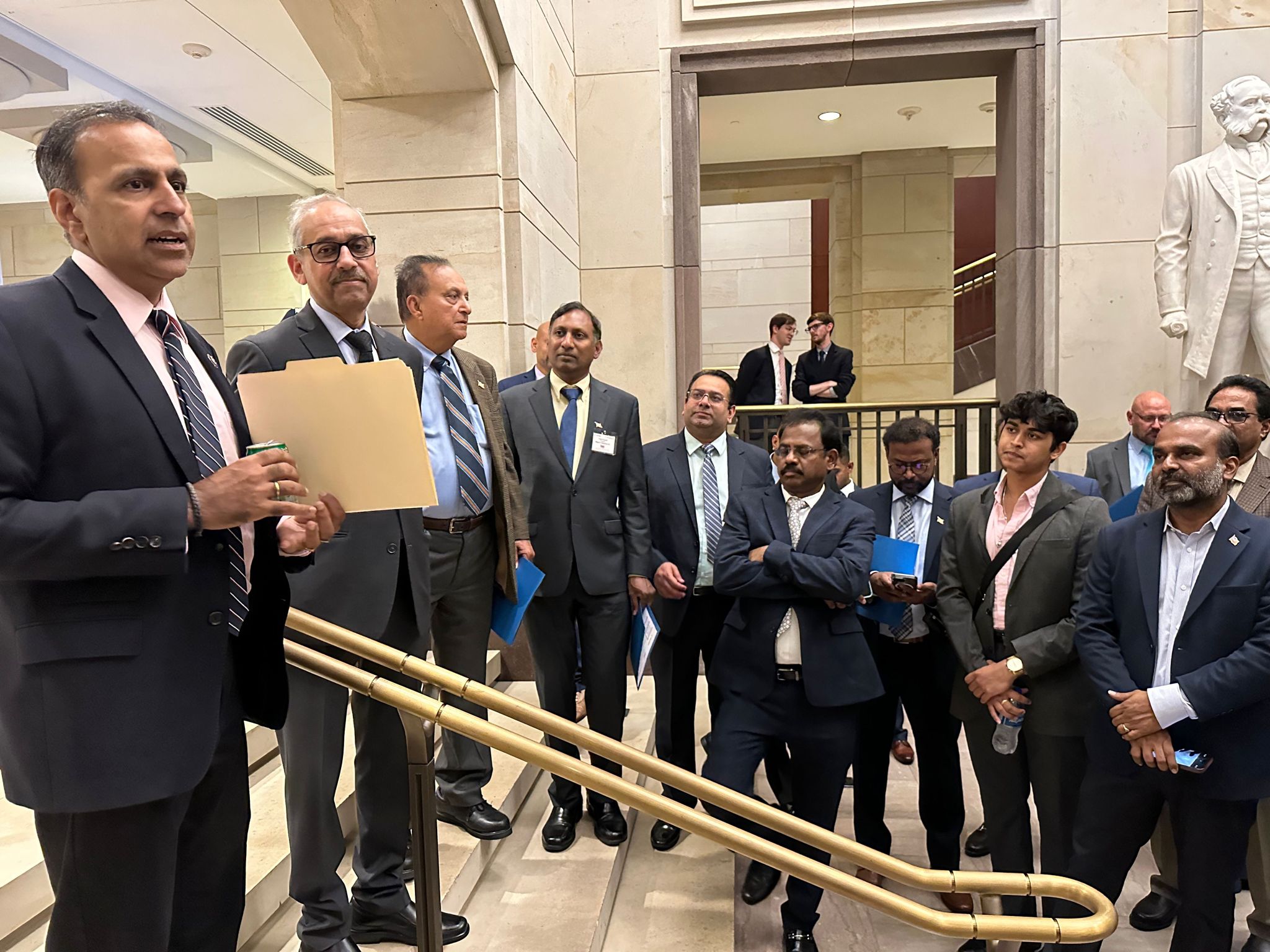
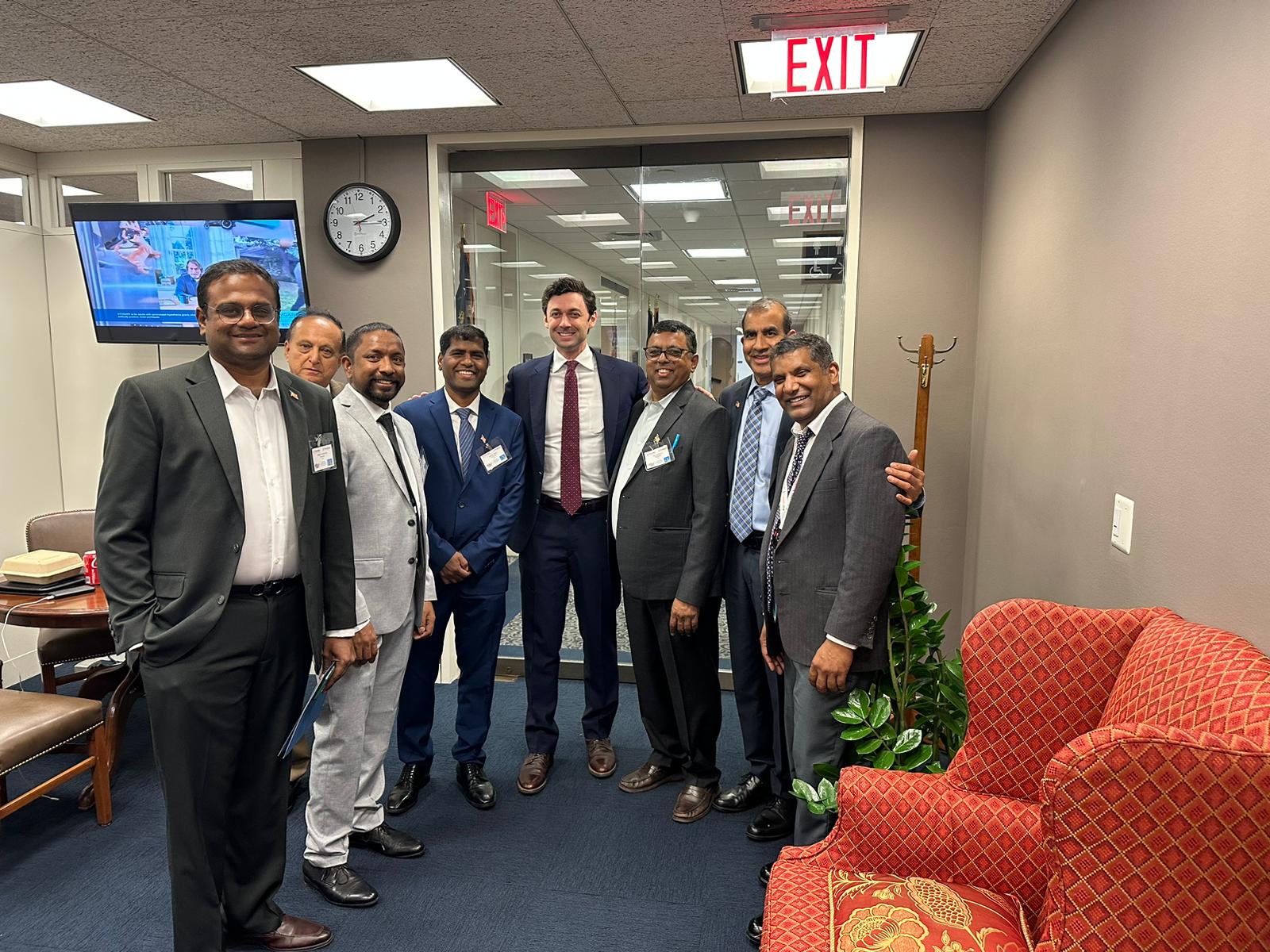
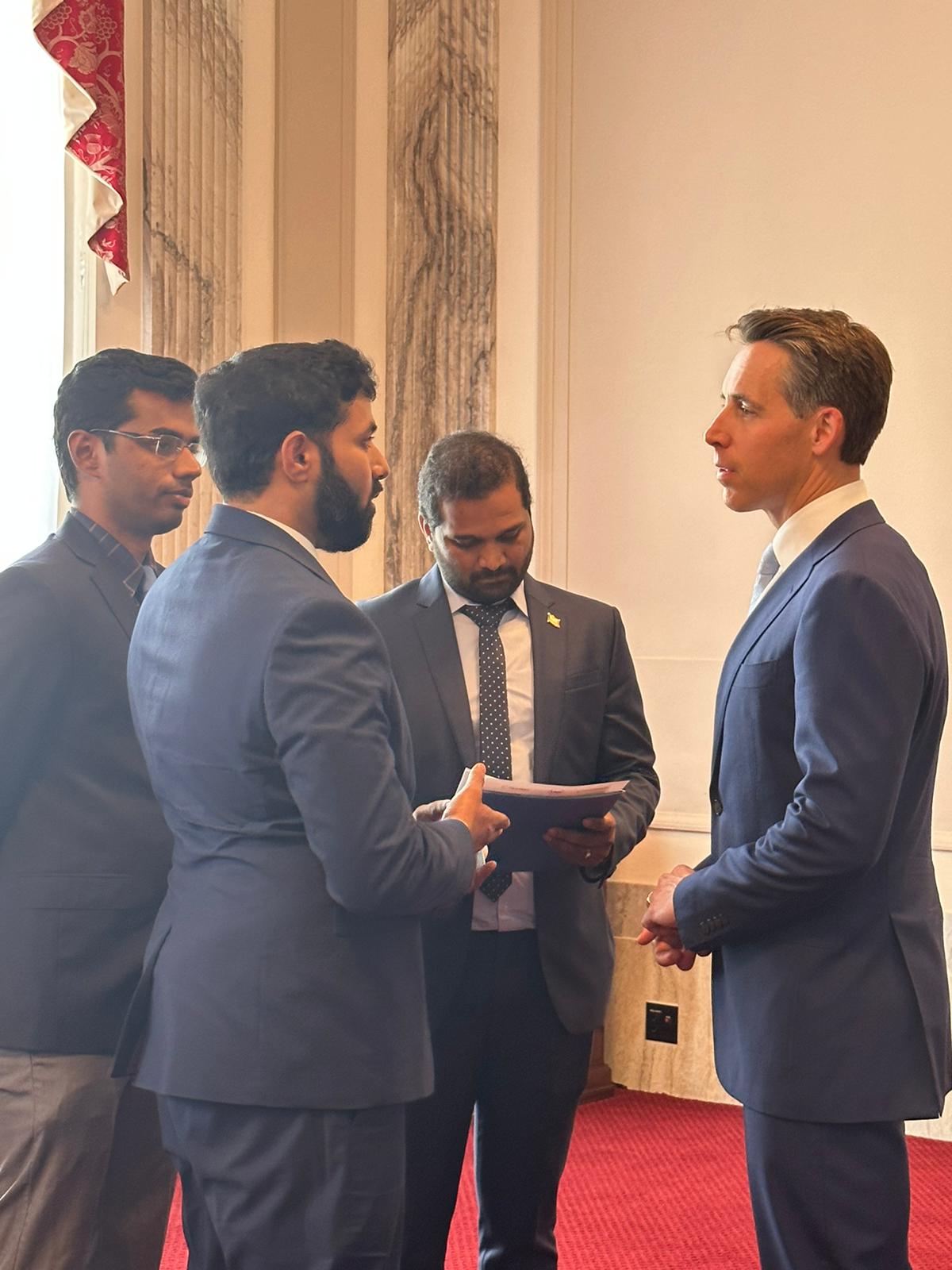
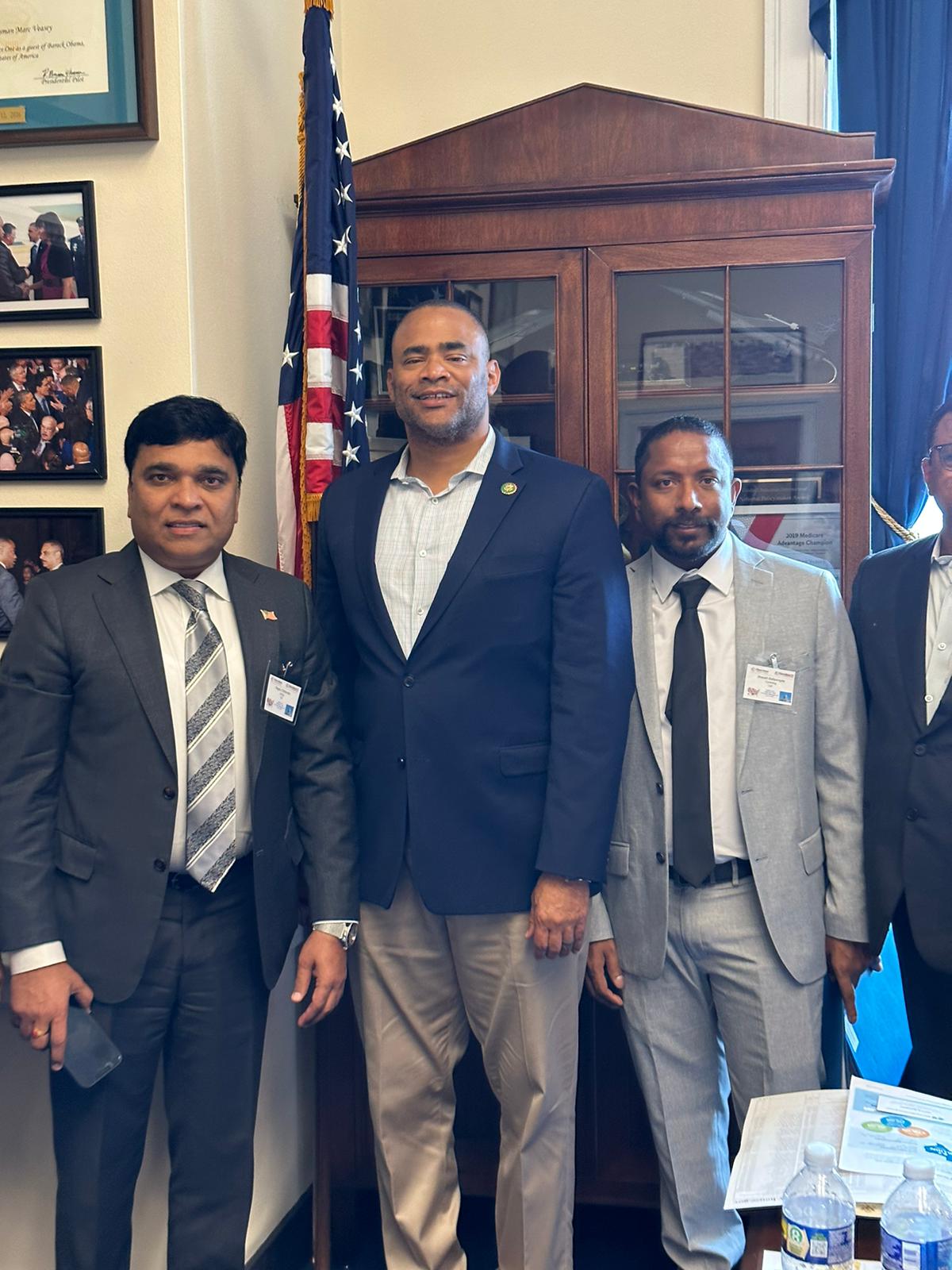
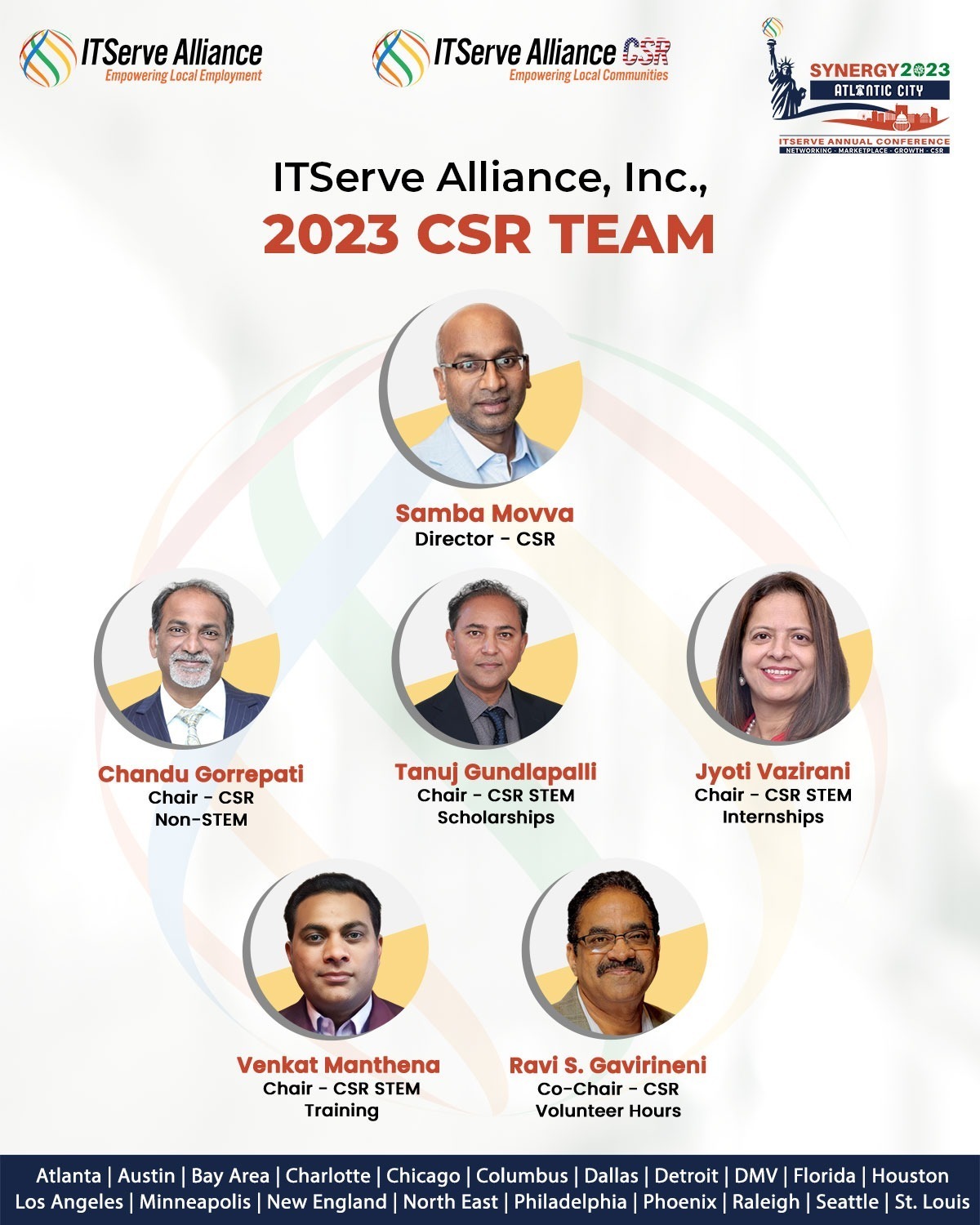 Over the years, ITServe Alliance has established a name for itself as the center point of information for its members and the larger community, covering a variety of areas ranging from immigration, technology, economy, and many more that are relevant to its members. ITServe has 20 Chapters in several states across the United States, bringing resources and service to the larger humanity in every part of this innovation country.
Over the years, ITServe Alliance has established a name for itself as the center point of information for its members and the larger community, covering a variety of areas ranging from immigration, technology, economy, and many more that are relevant to its members. ITServe has 20 Chapters in several states across the United States, bringing resources and service to the larger humanity in every part of this innovation country.
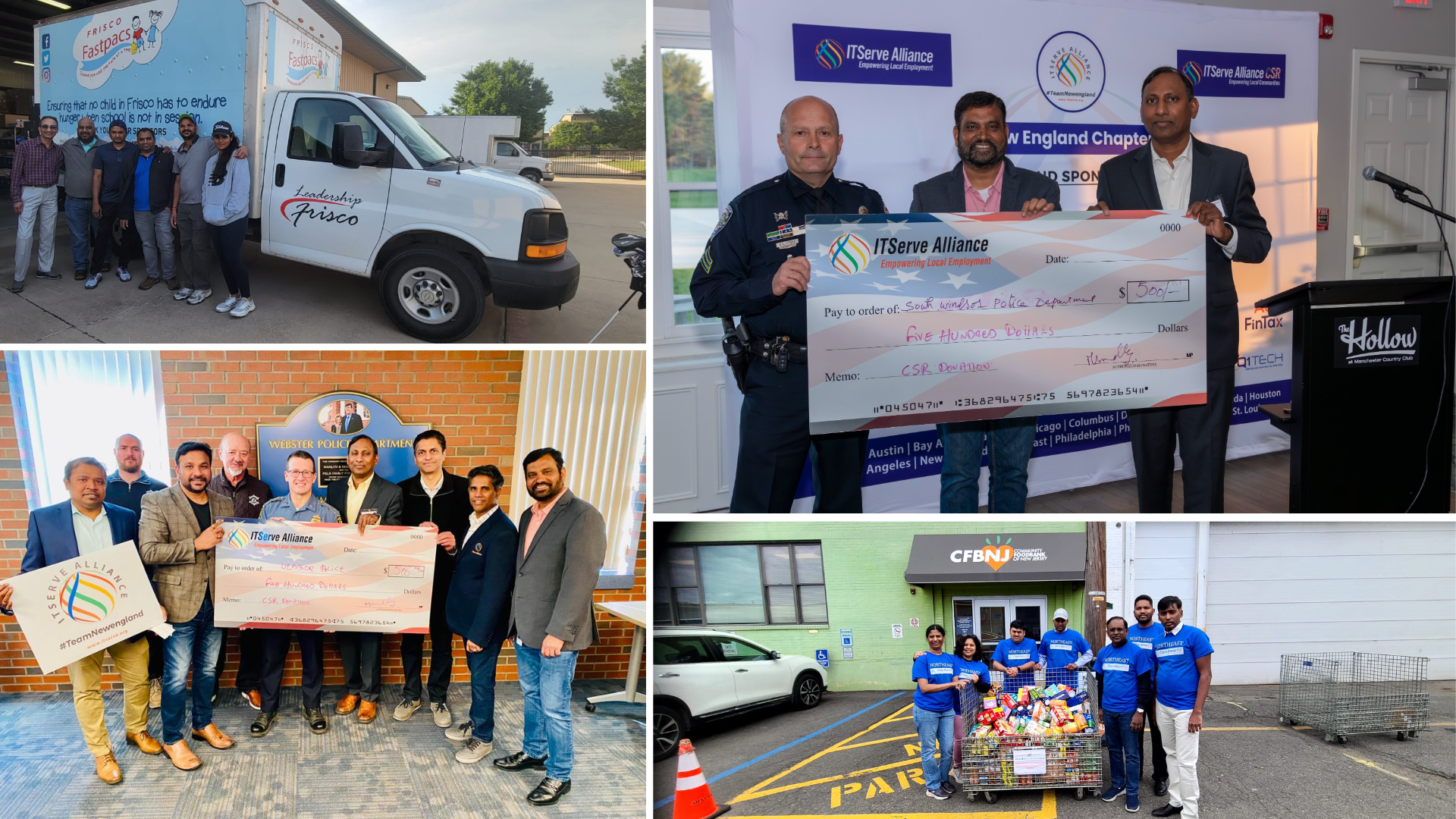
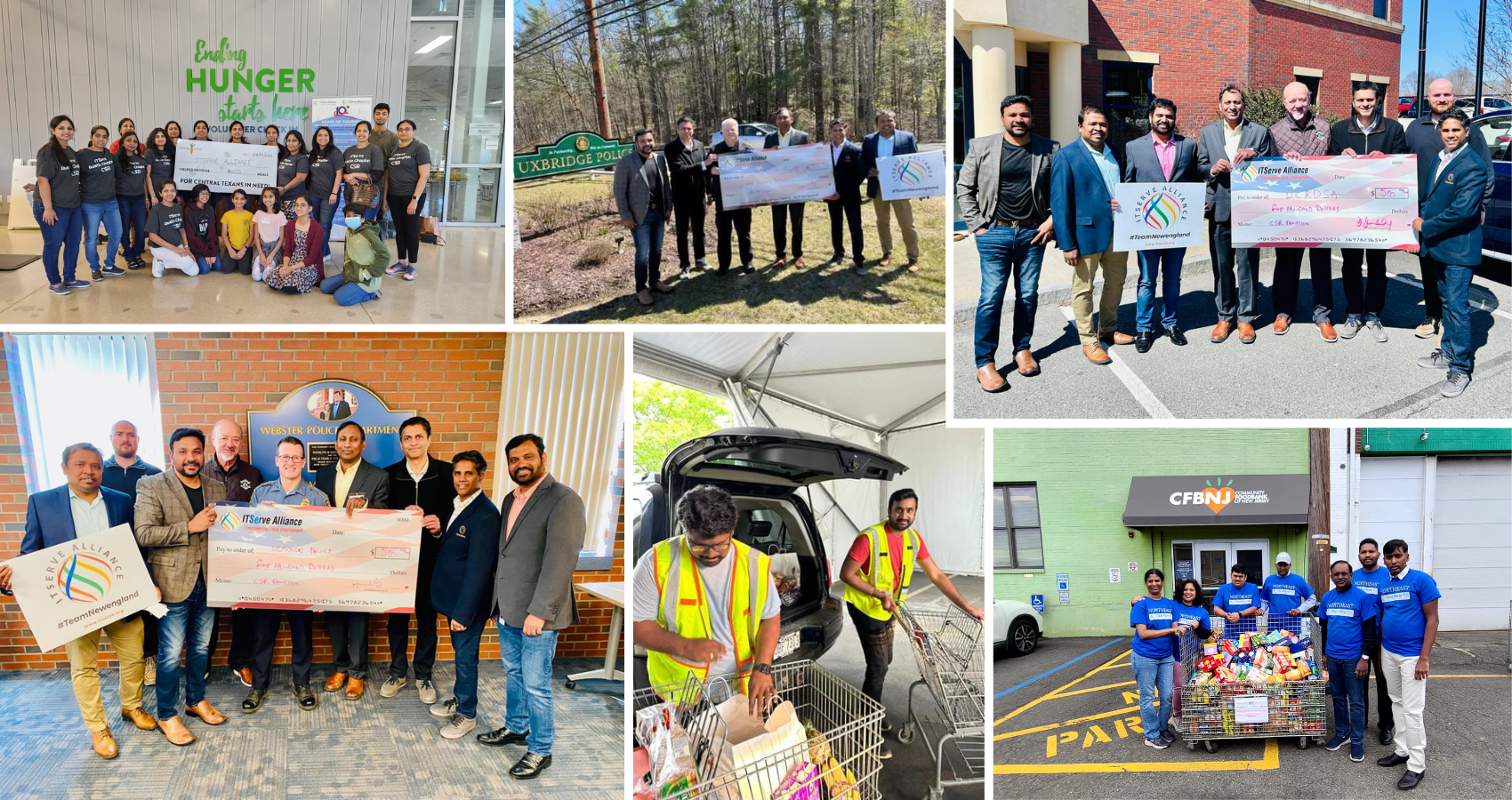

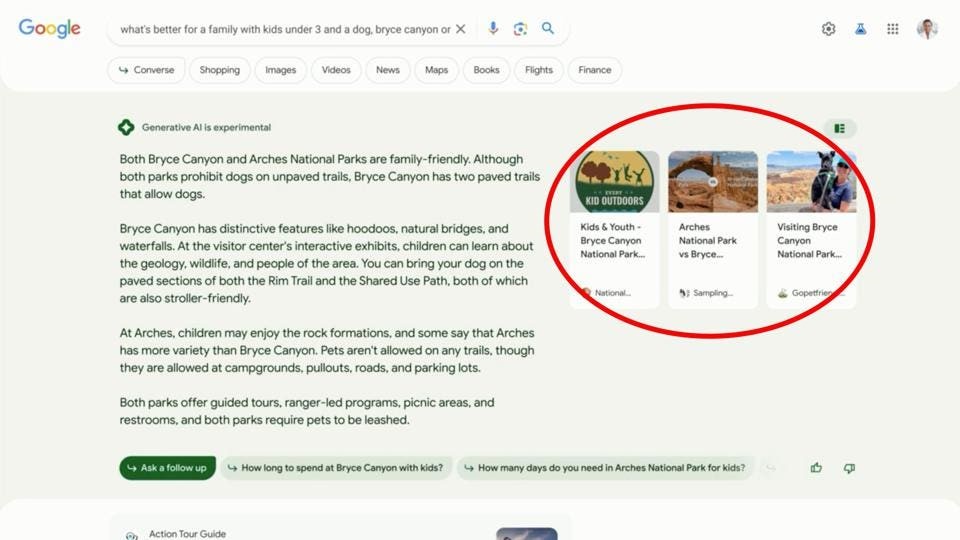 Google claims that its new AI-driven search feature will generate clicks, as it aims to be transparent about the sources of its information. However, one could argue that this is similar to expecting users to click on Wikipedia’s sources listed at the bottom of each entry. While a small percentage of users deeply interested in a topic might click on those links, most will simply read the Wikipedia entry without concern for the sources.
Google claims that its new AI-driven search feature will generate clicks, as it aims to be transparent about the sources of its information. However, one could argue that this is similar to expecting users to click on Wikipedia’s sources listed at the bottom of each entry. While a small percentage of users deeply interested in a topic might click on those links, most will simply read the Wikipedia entry without concern for the sources.